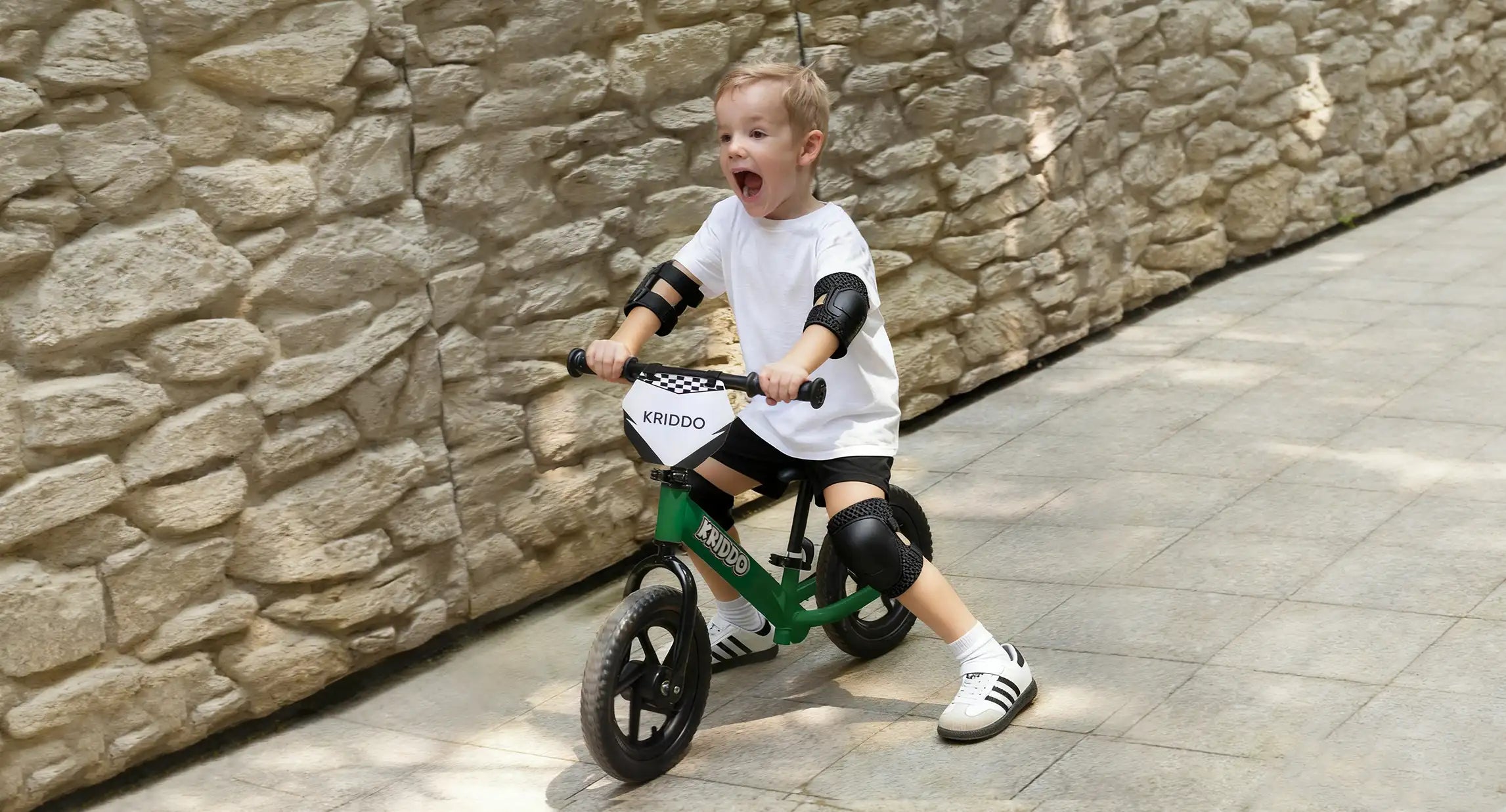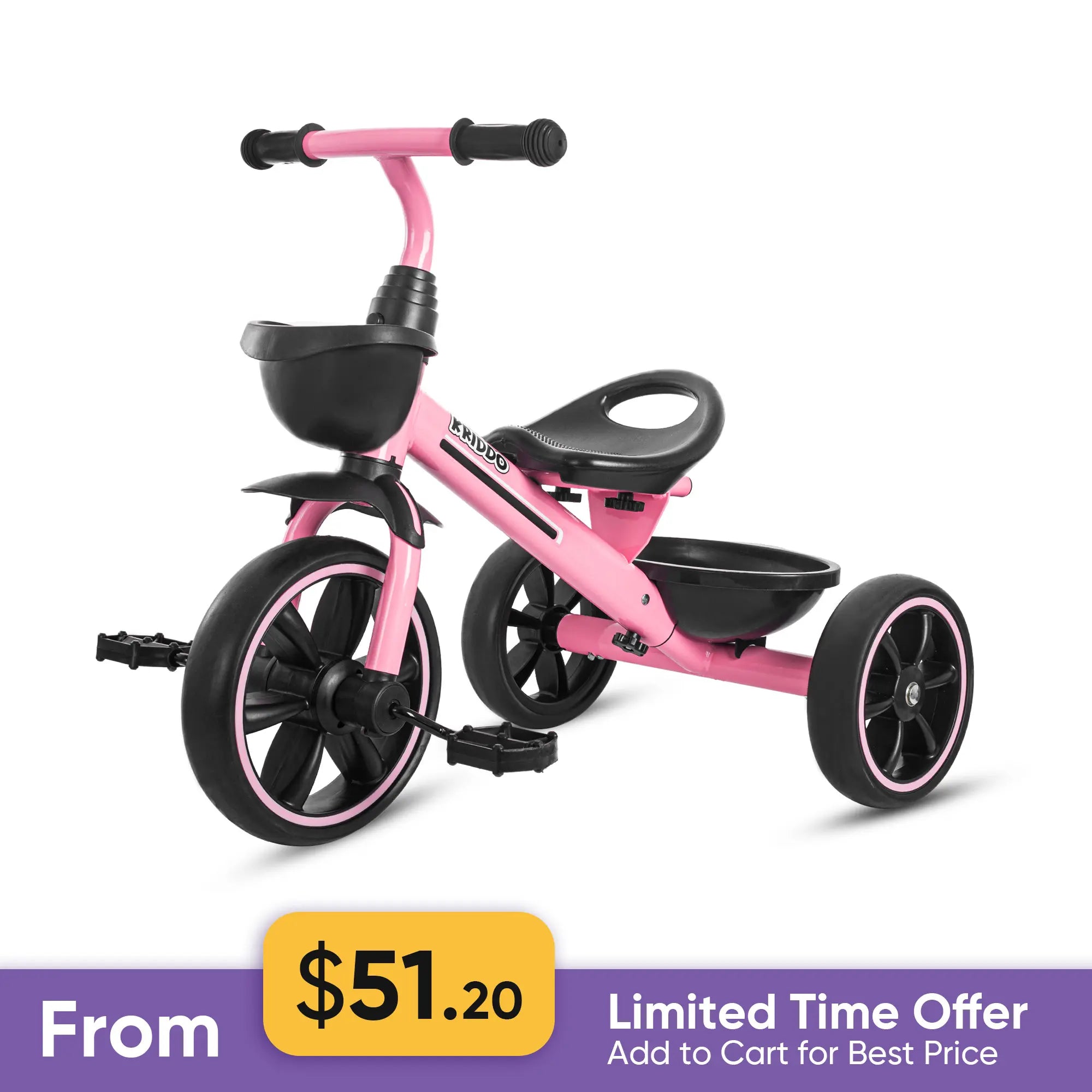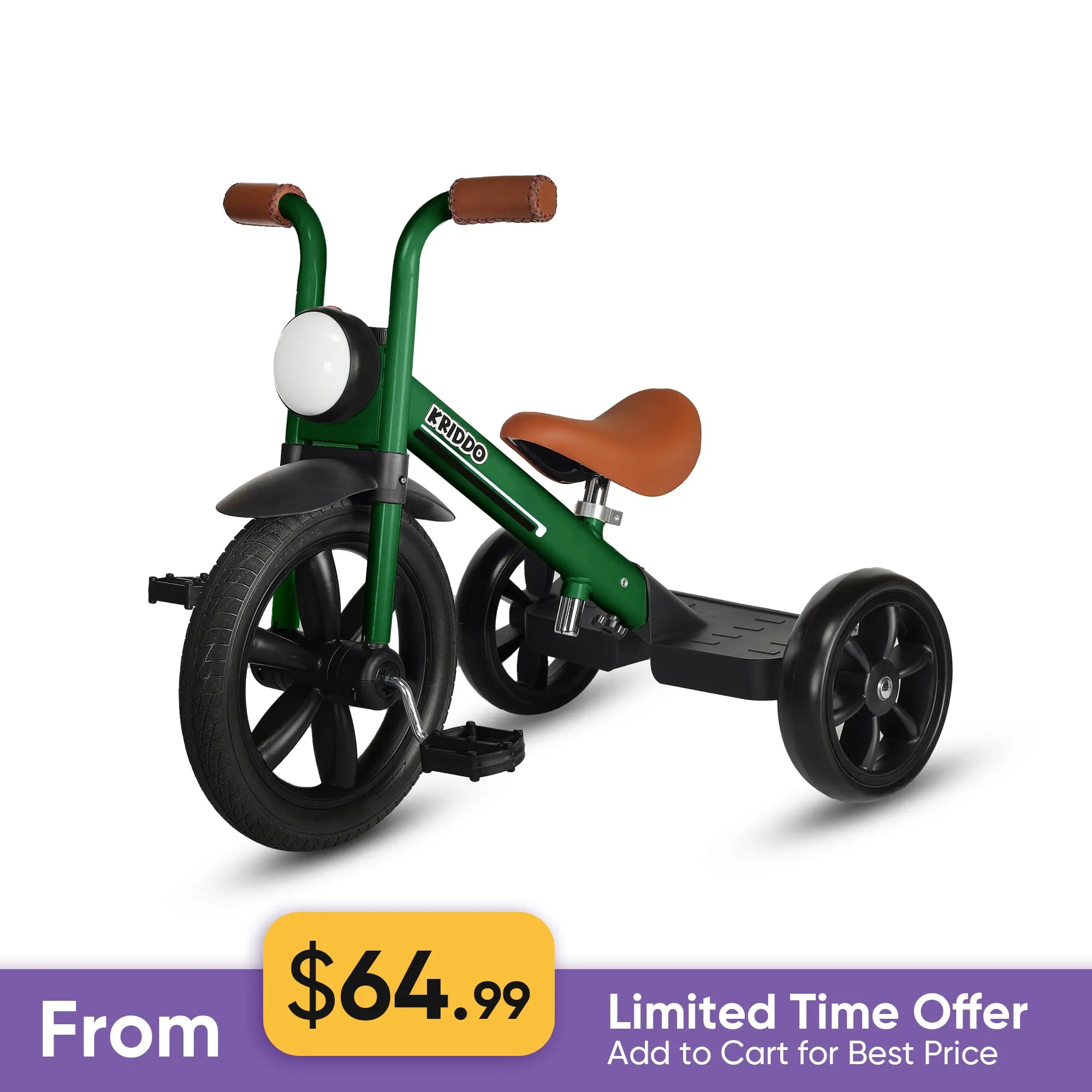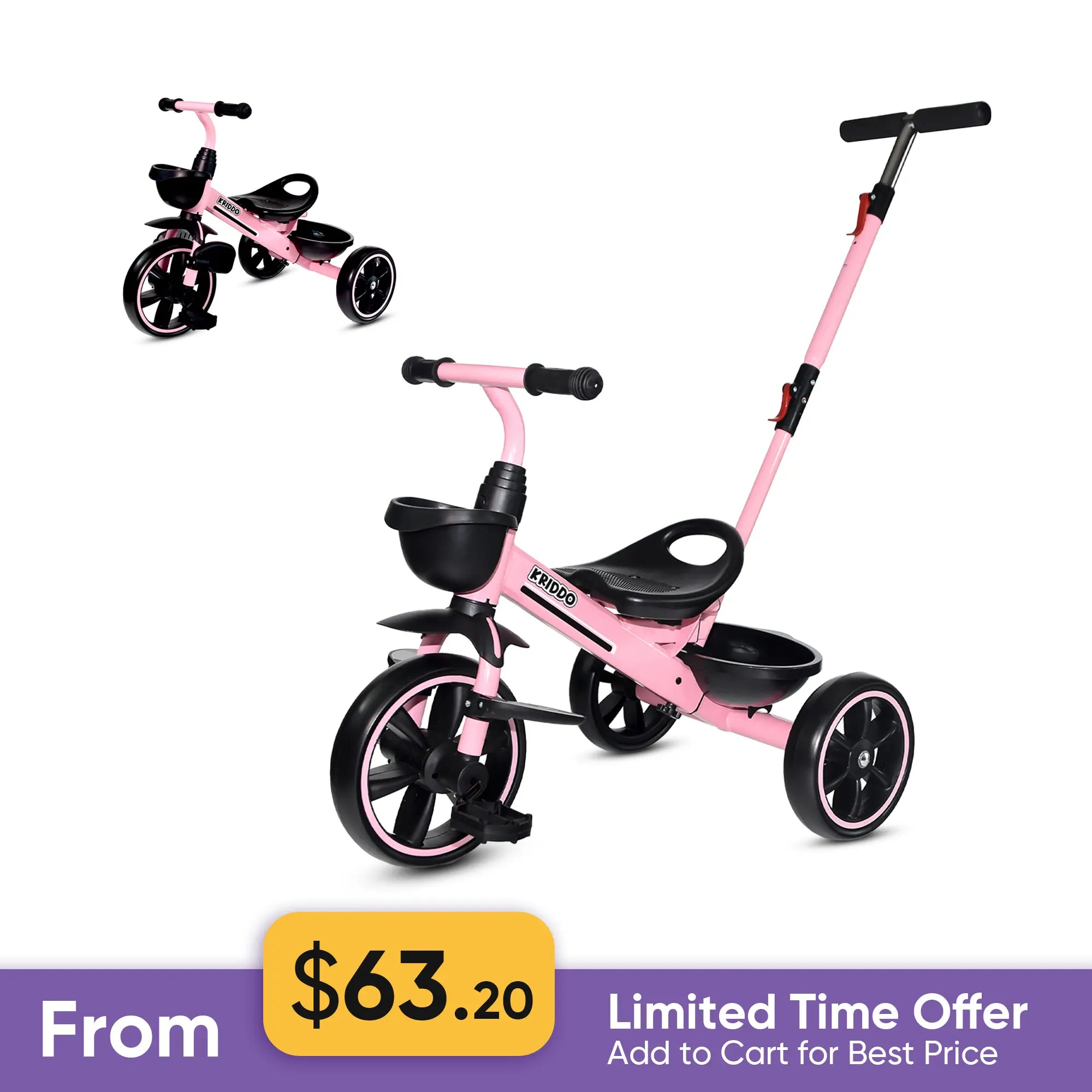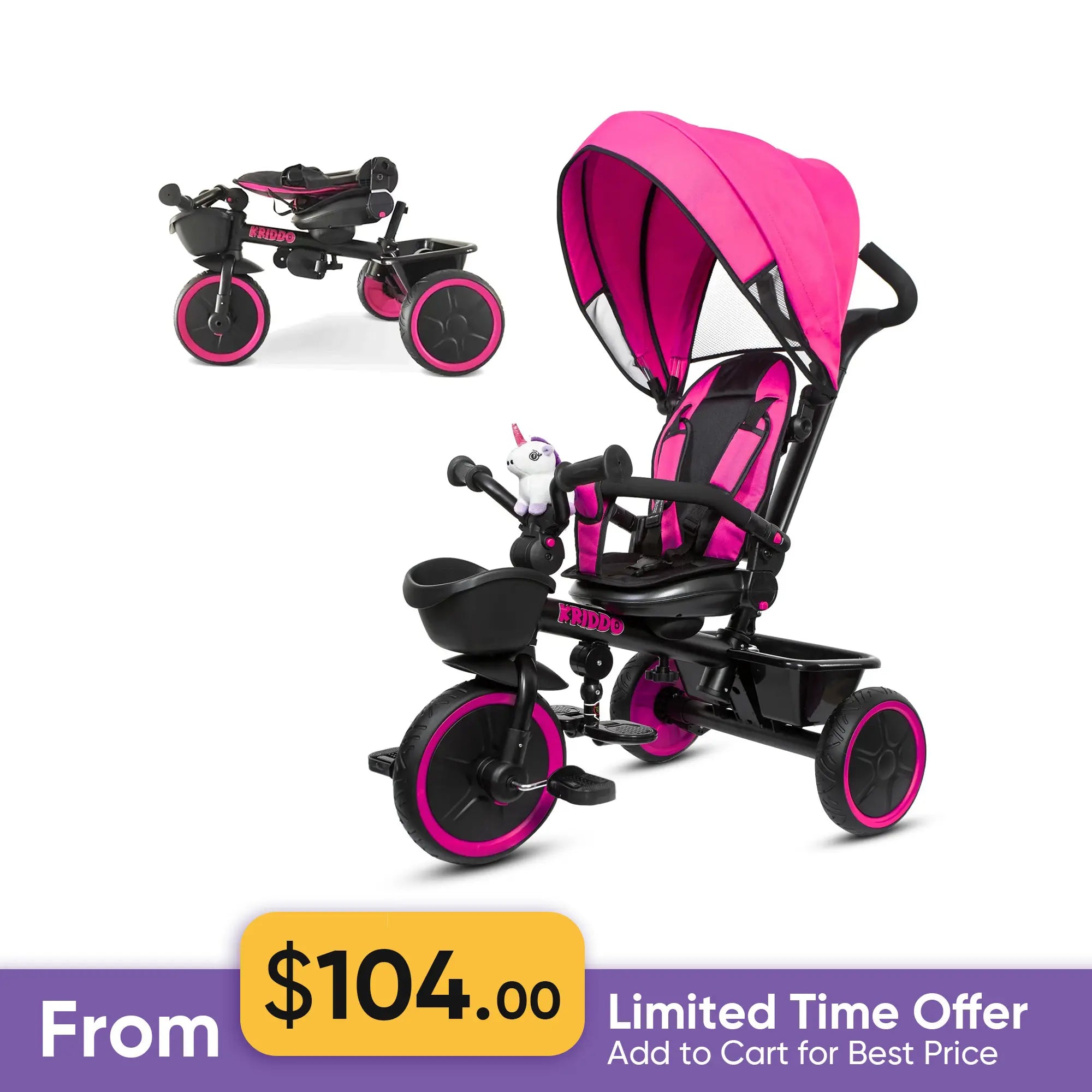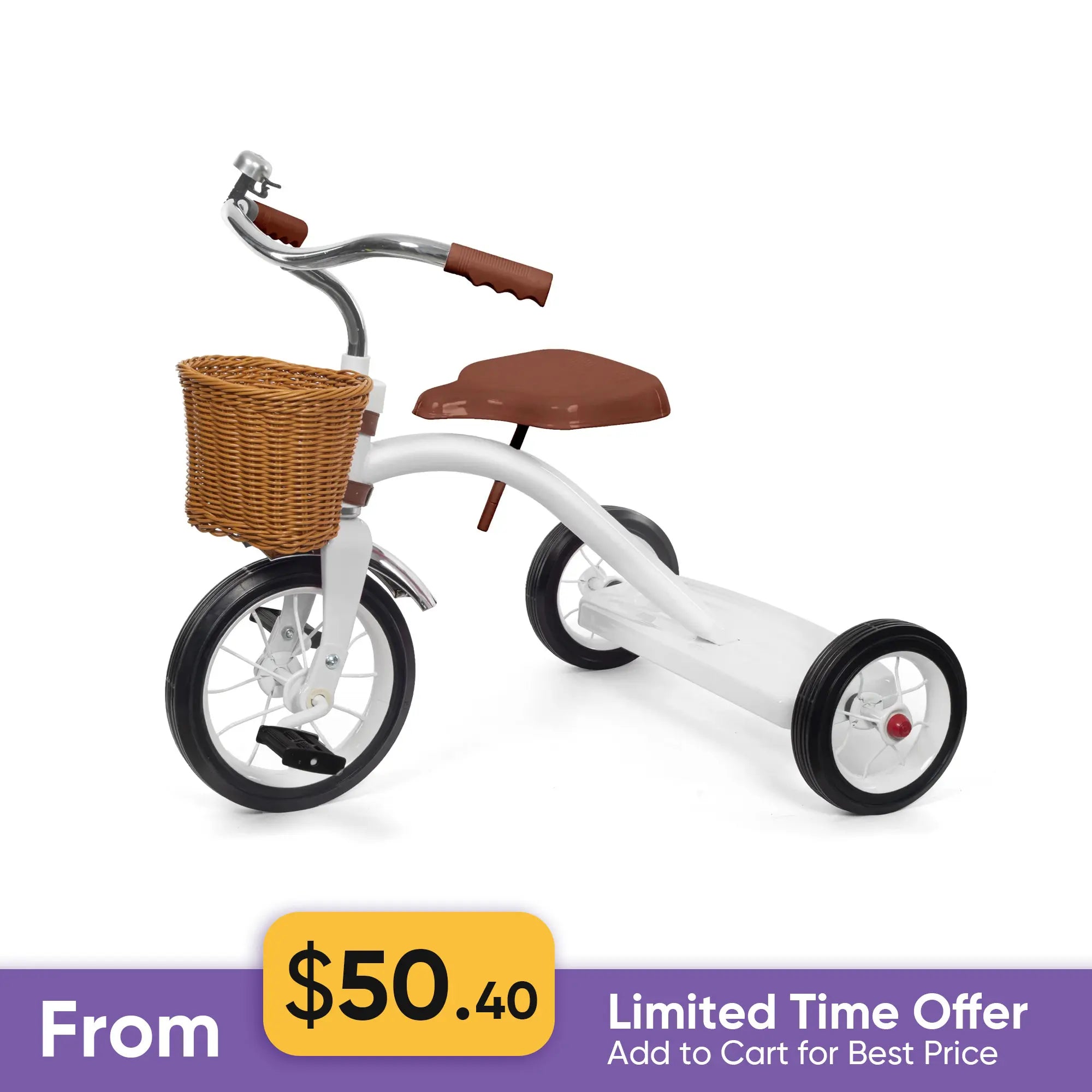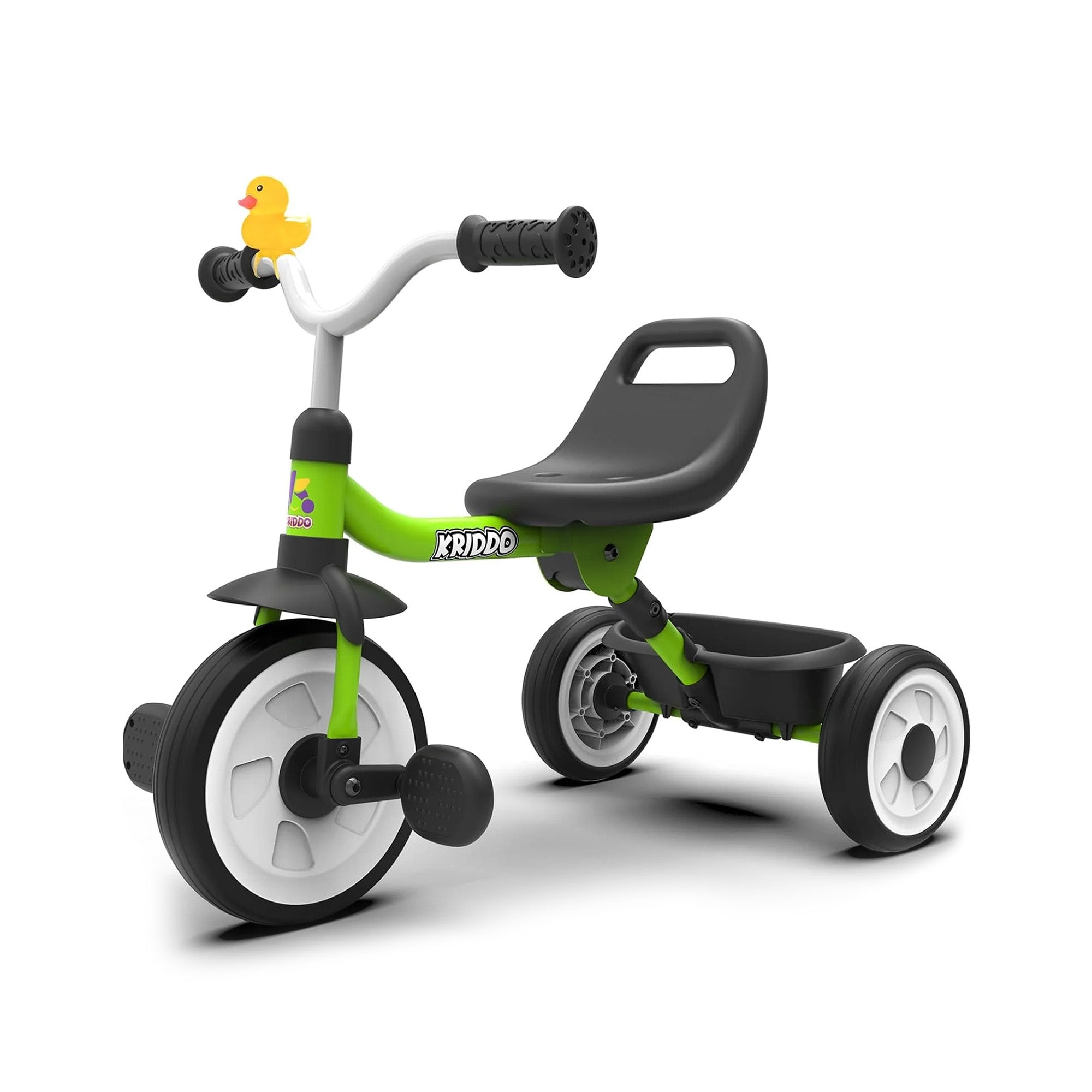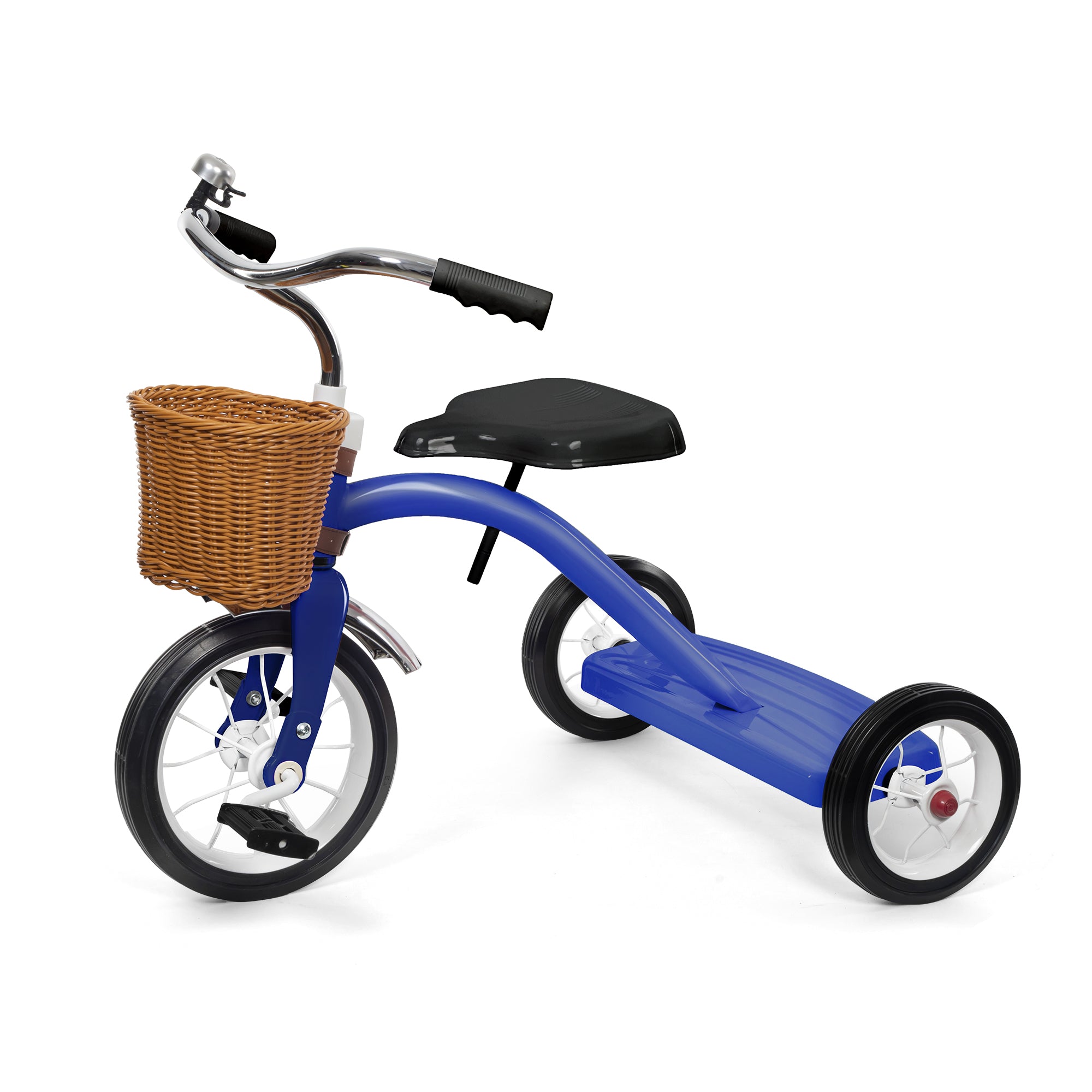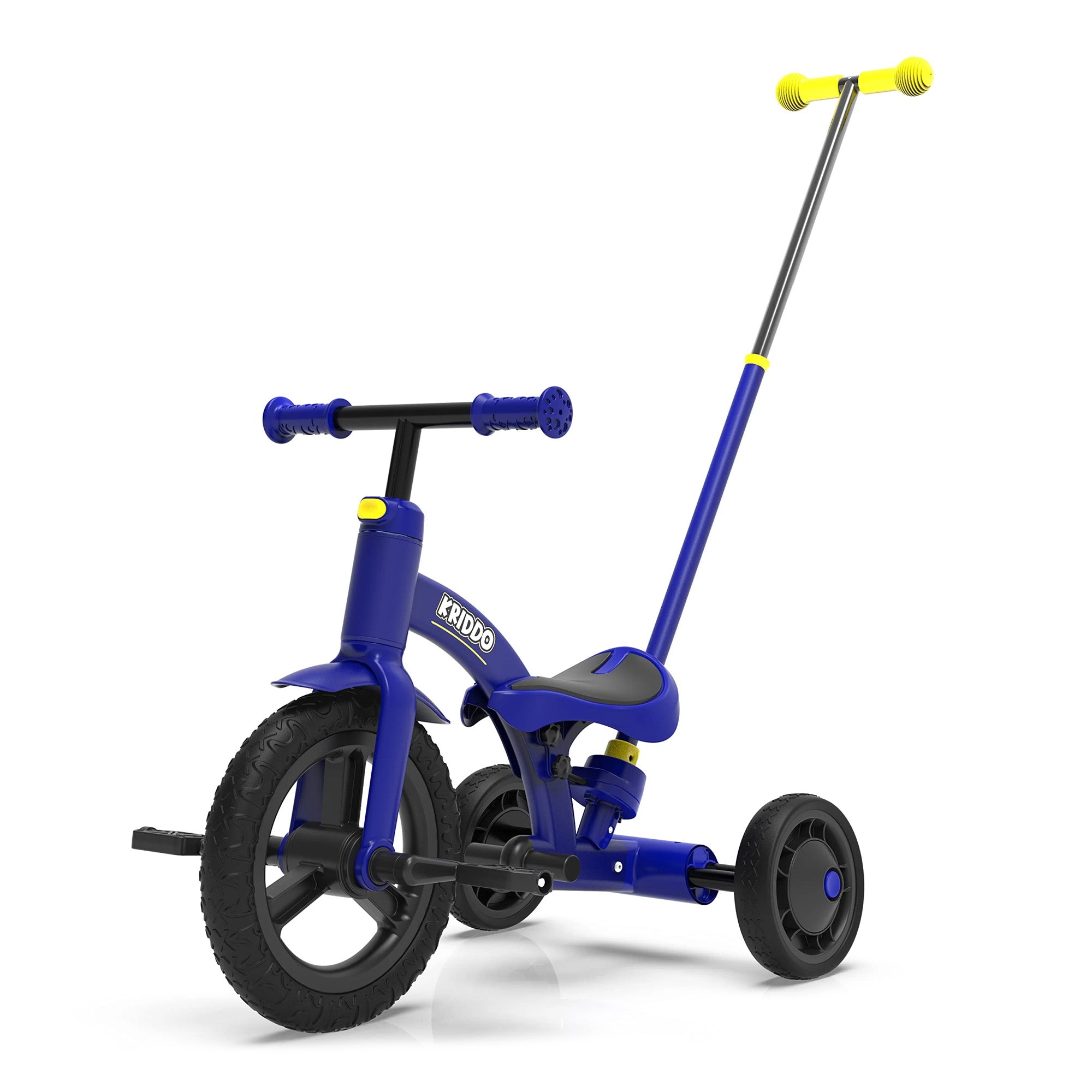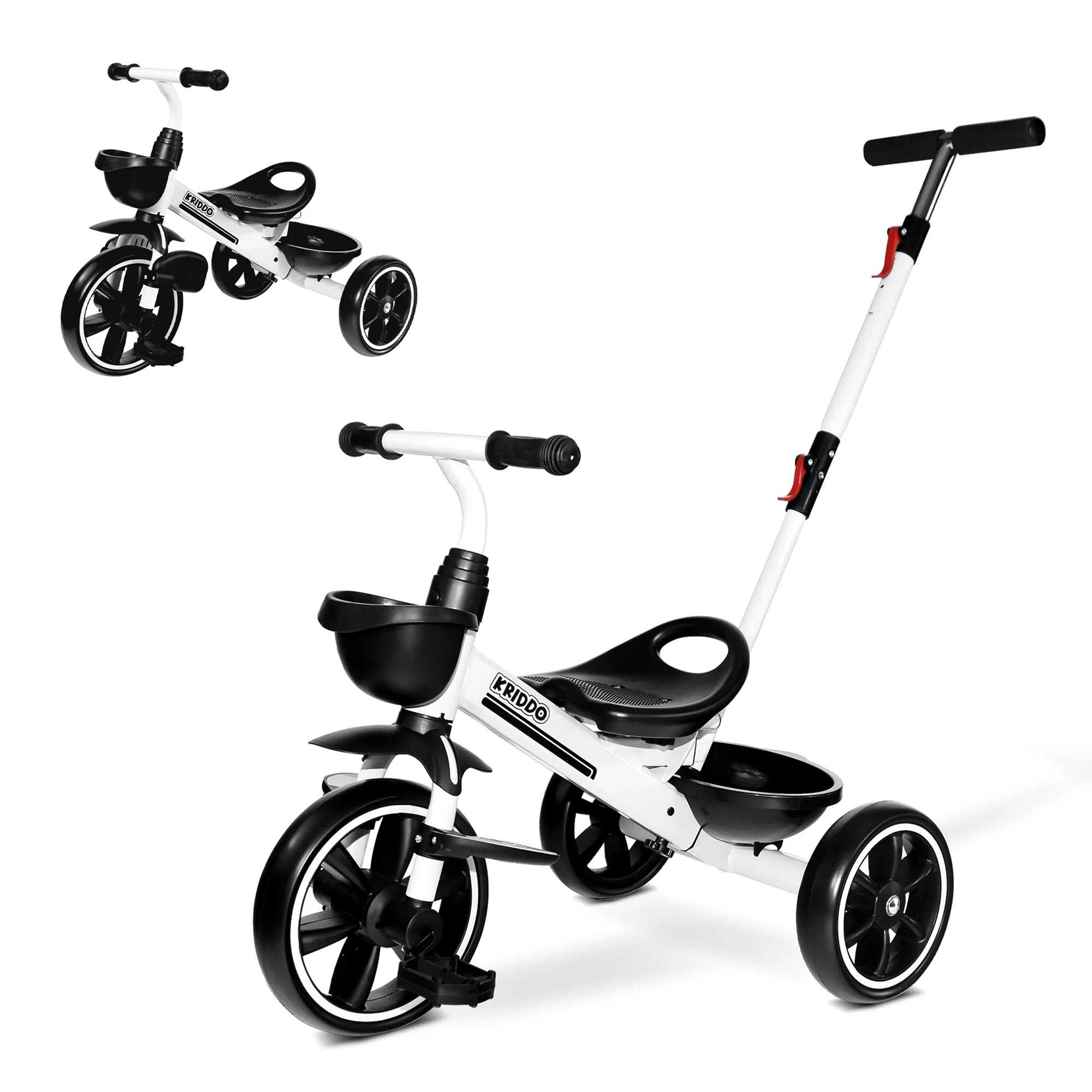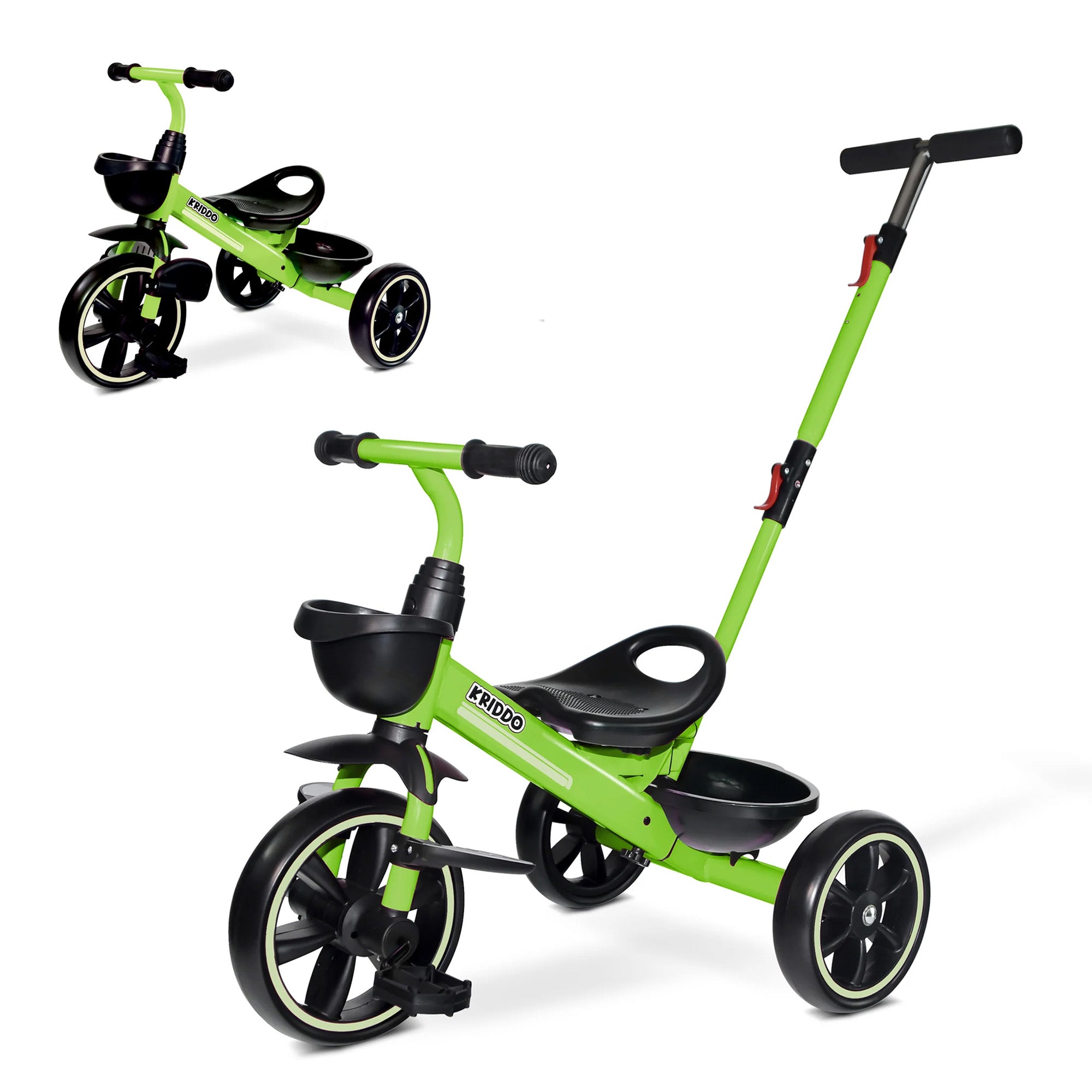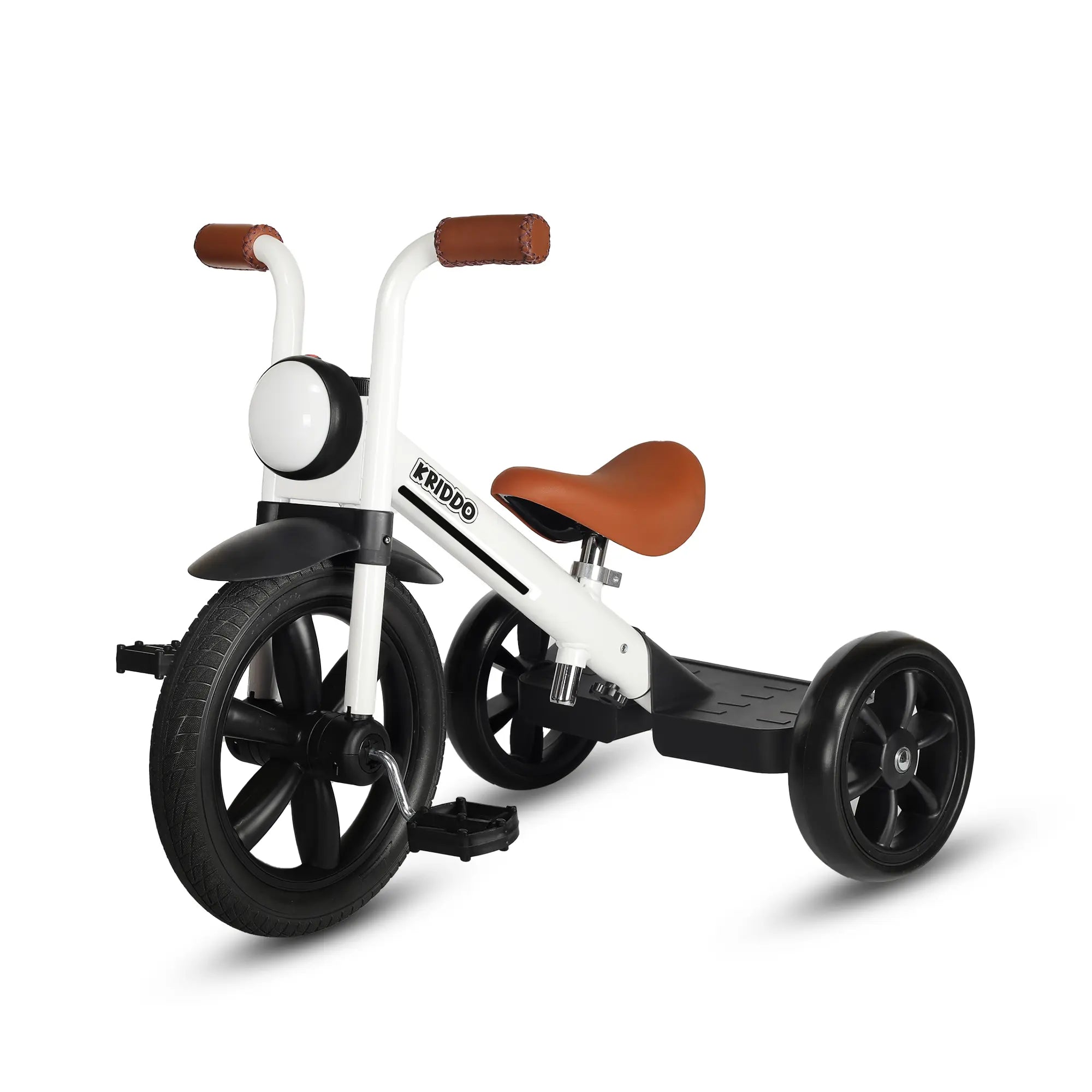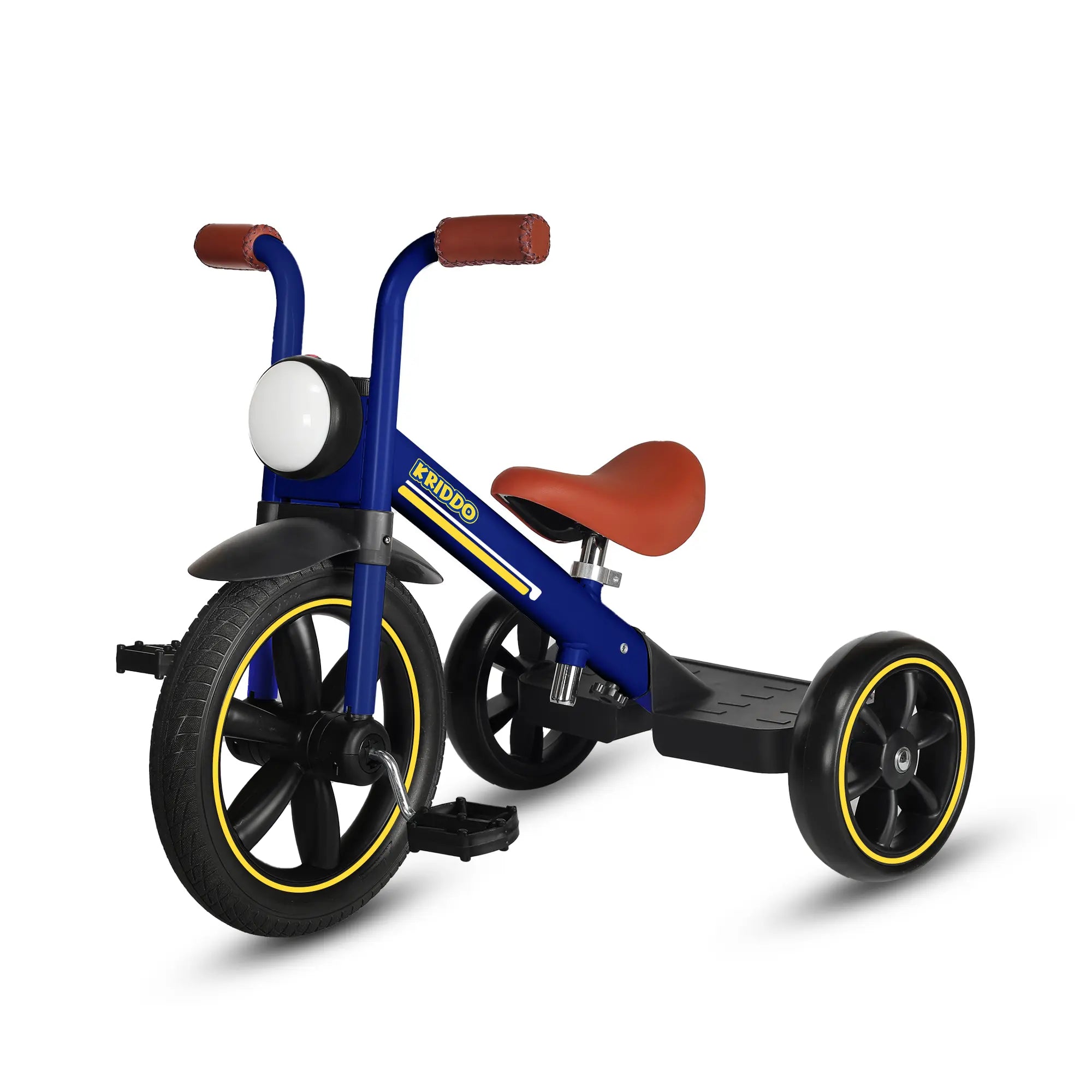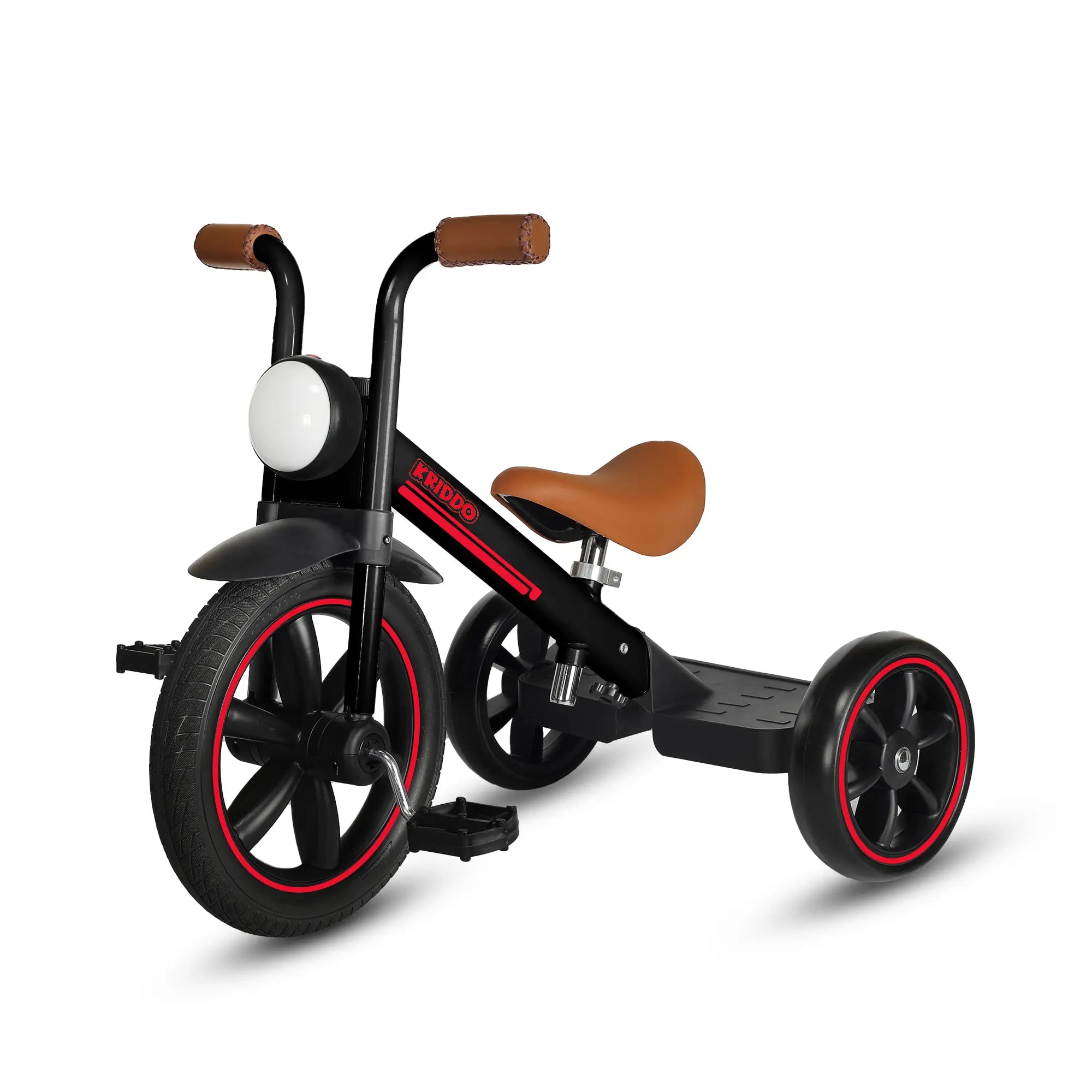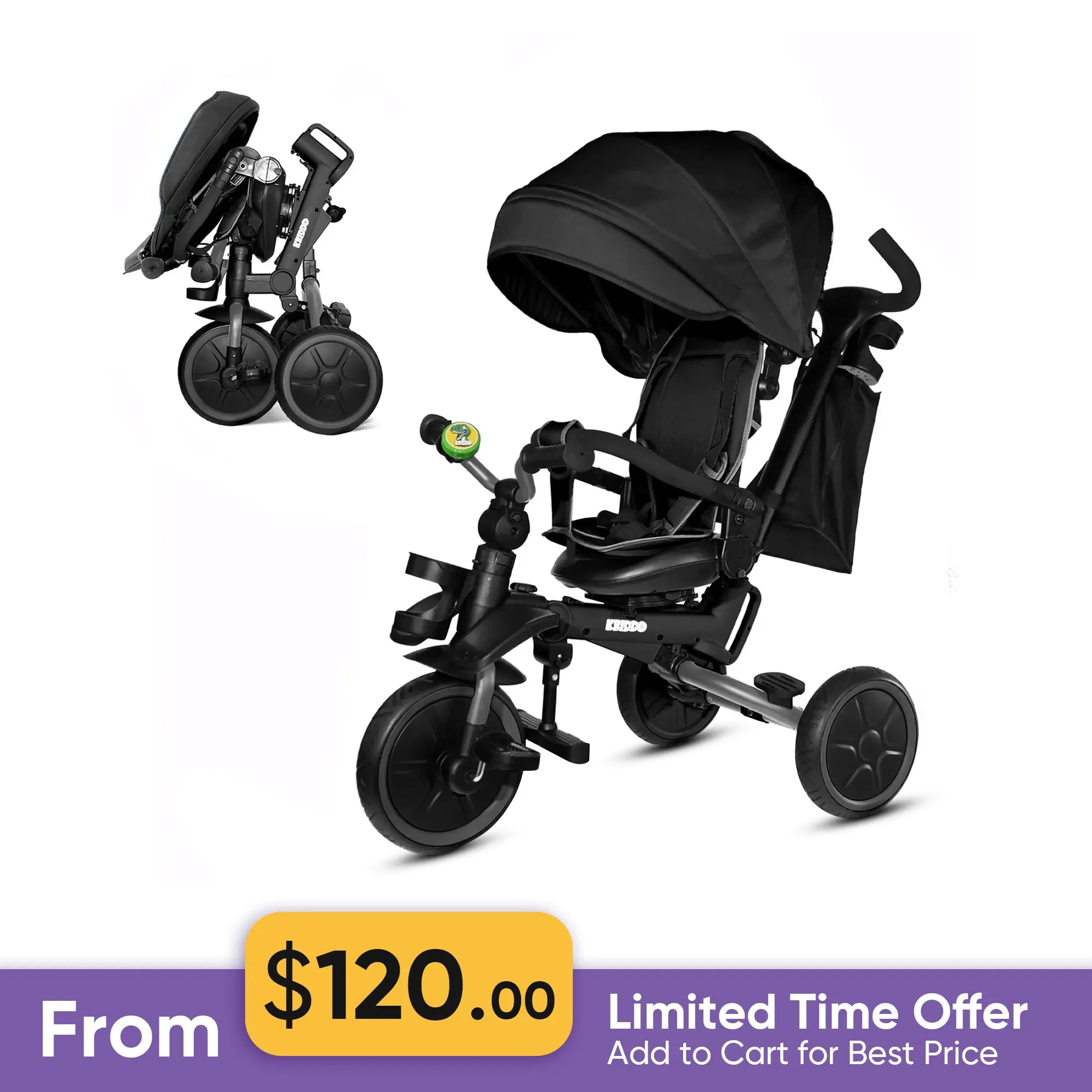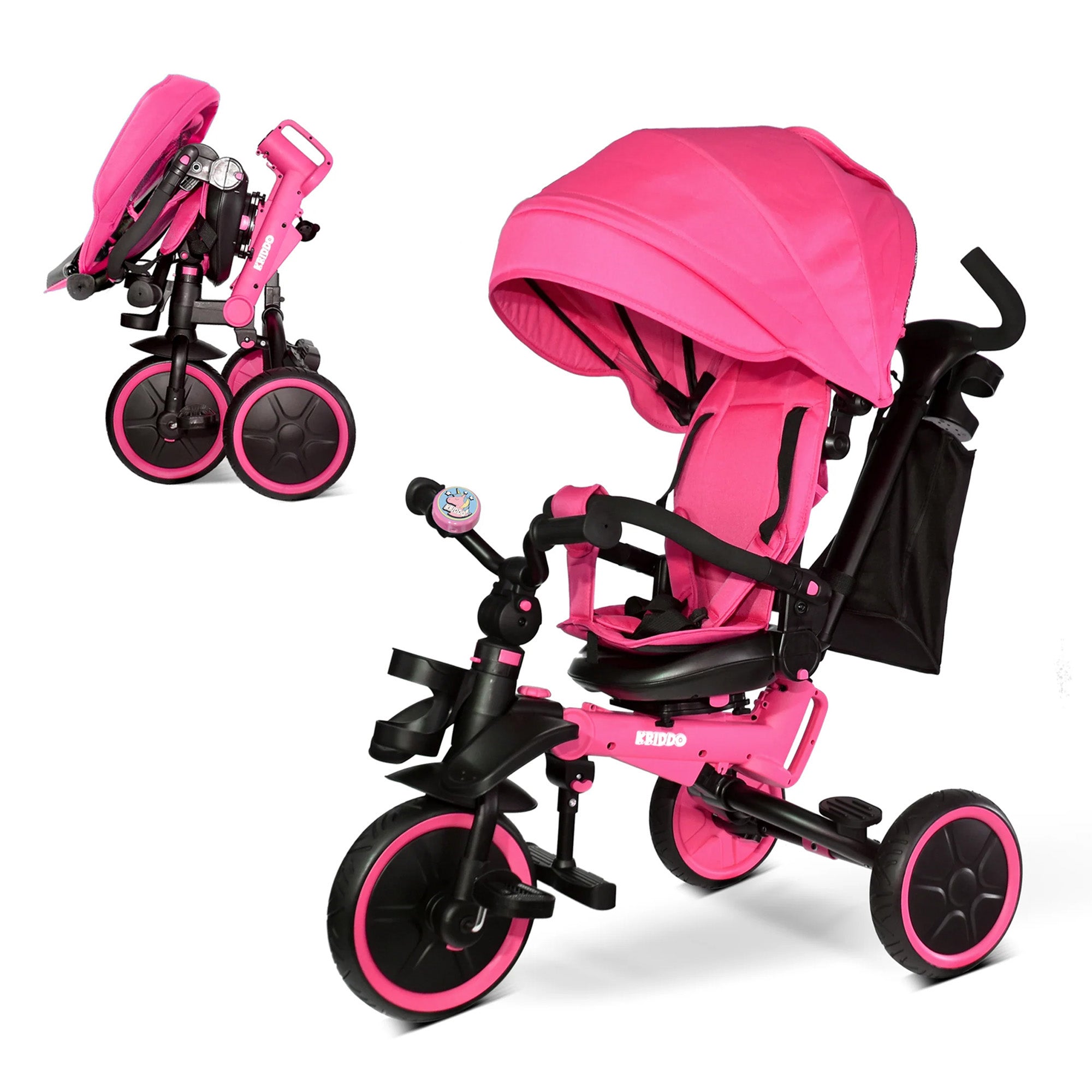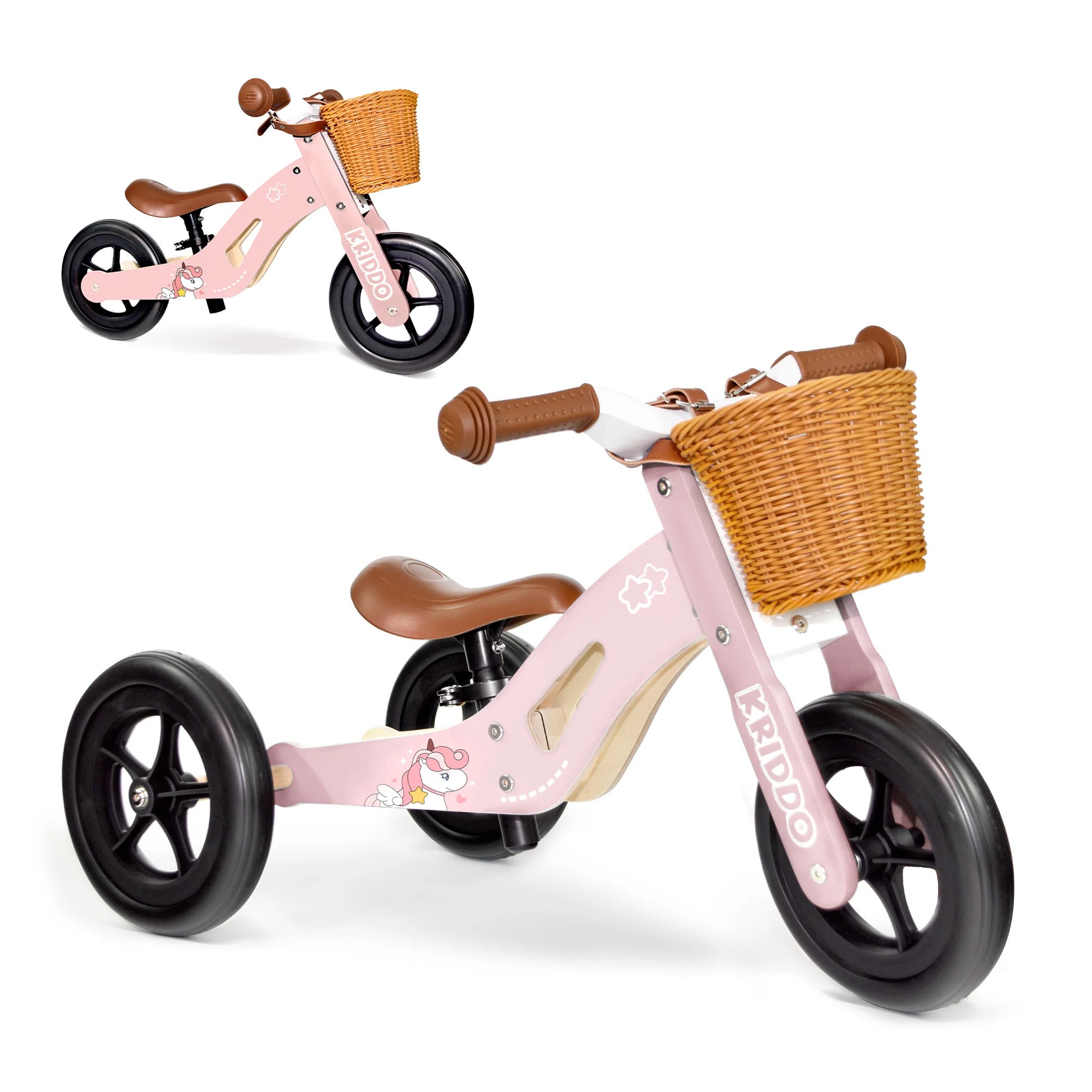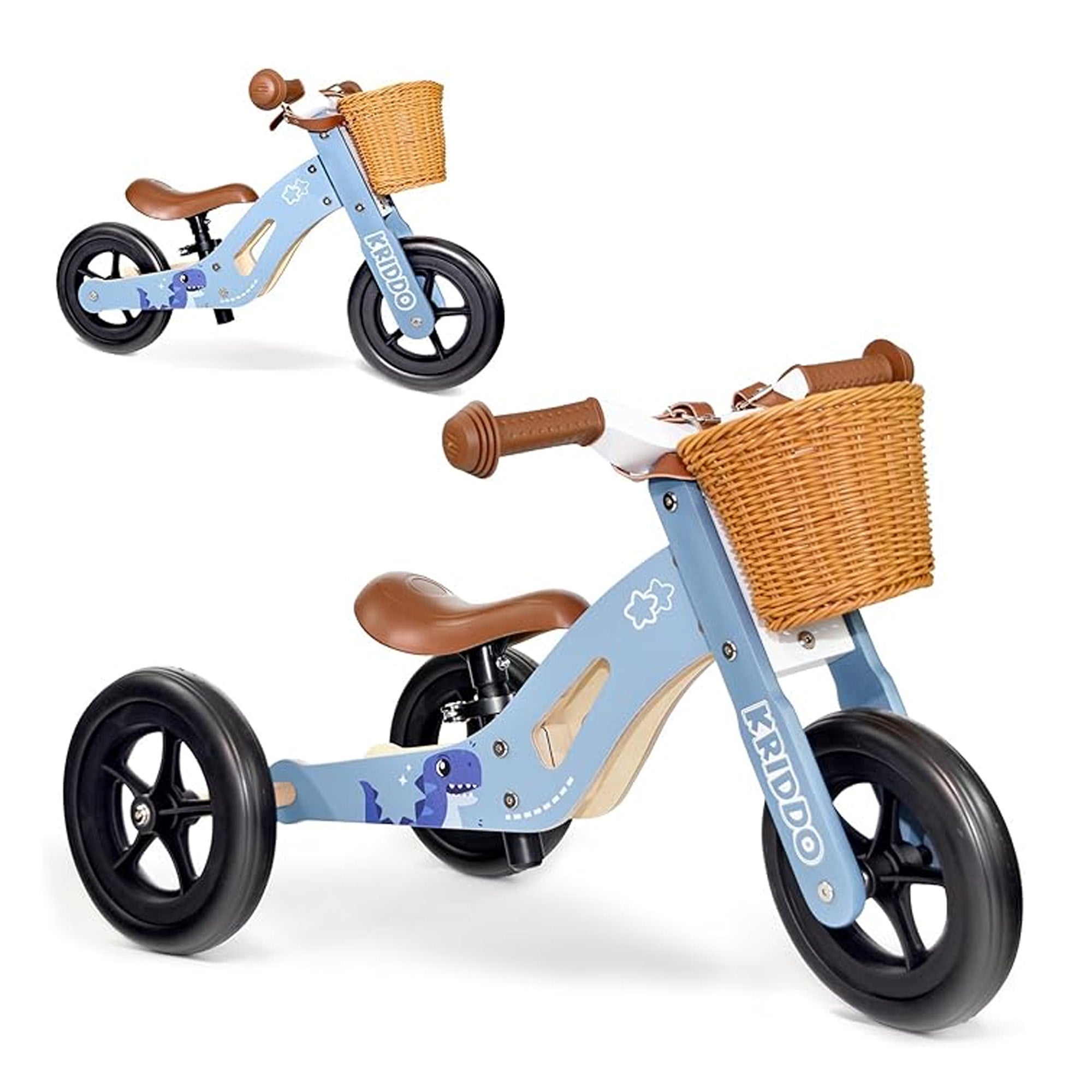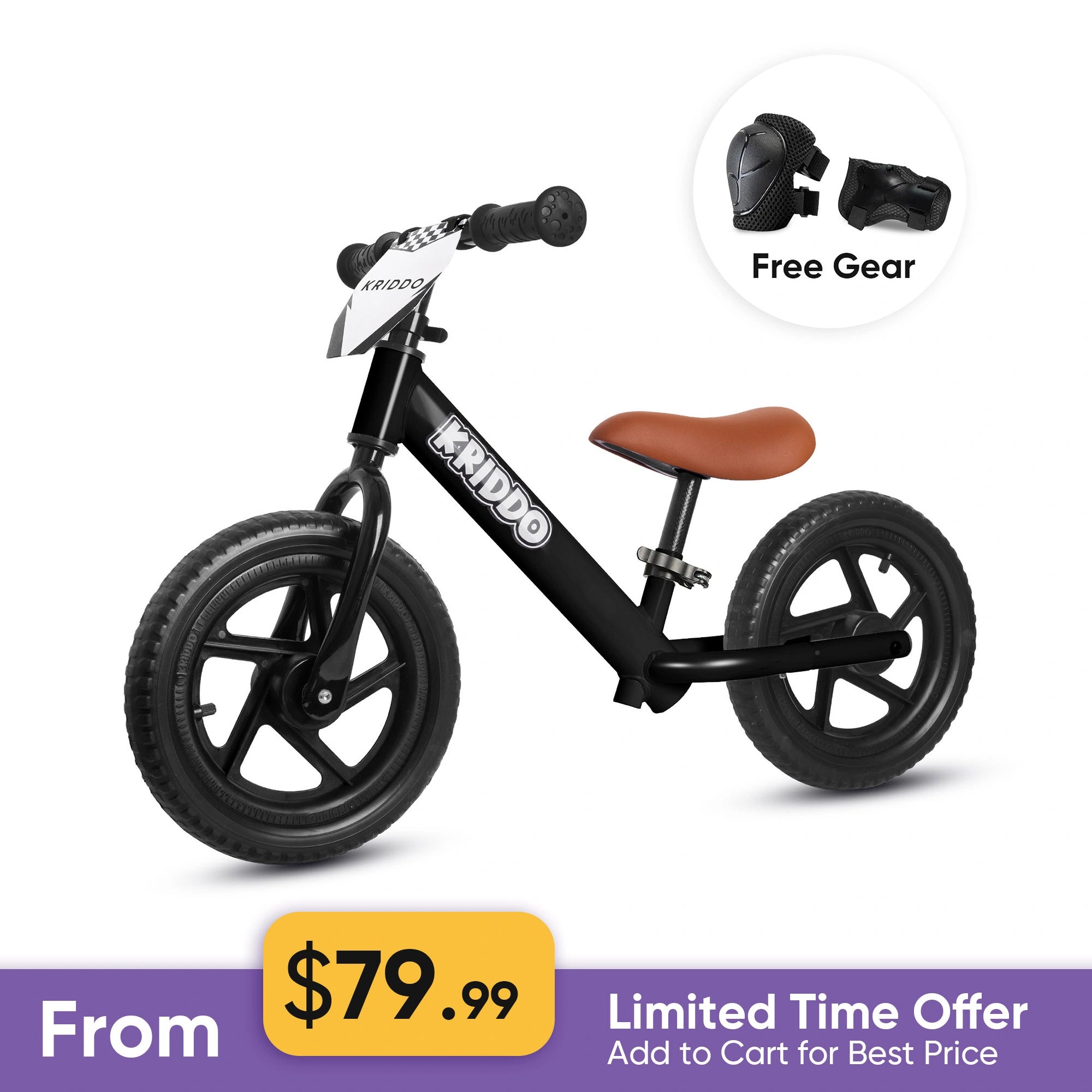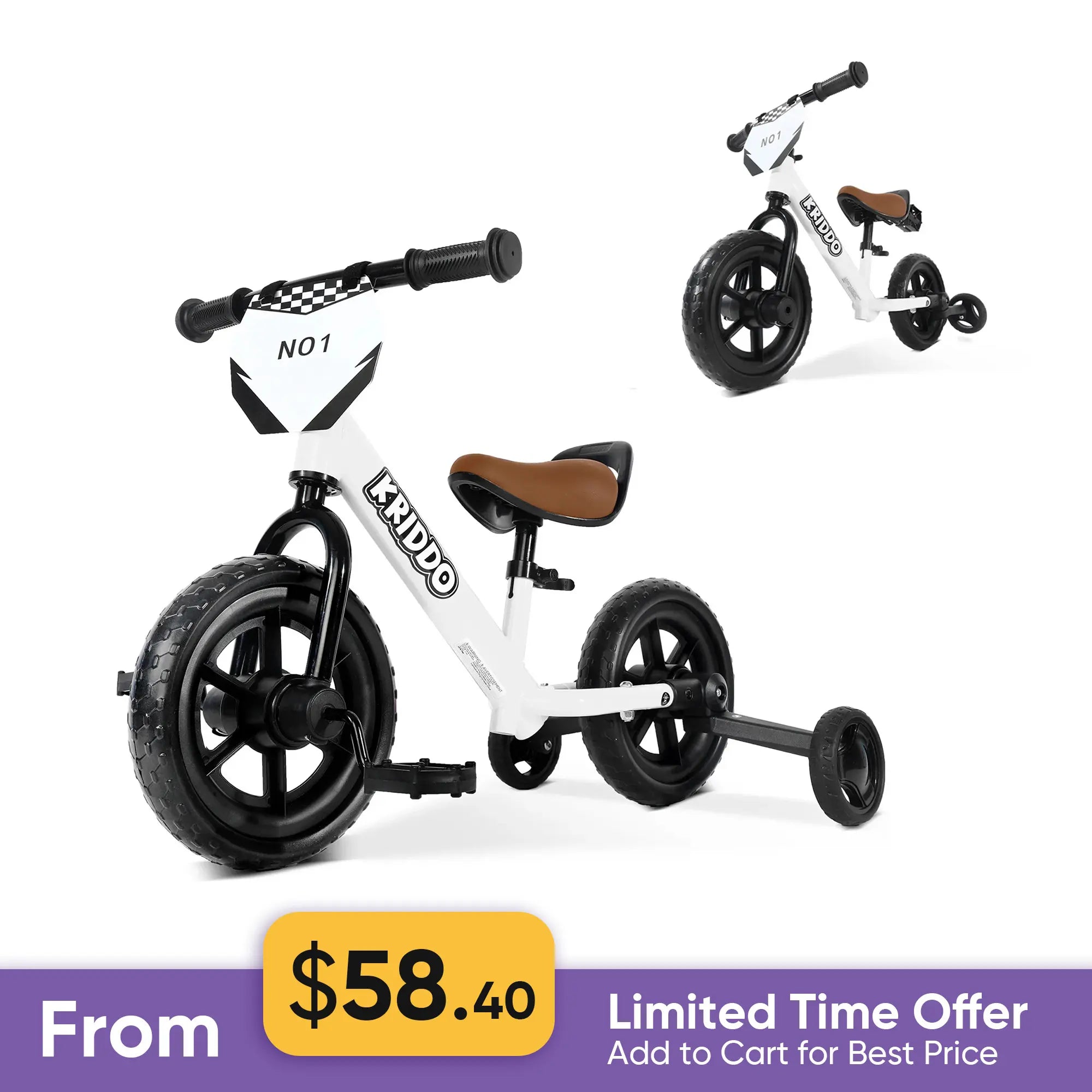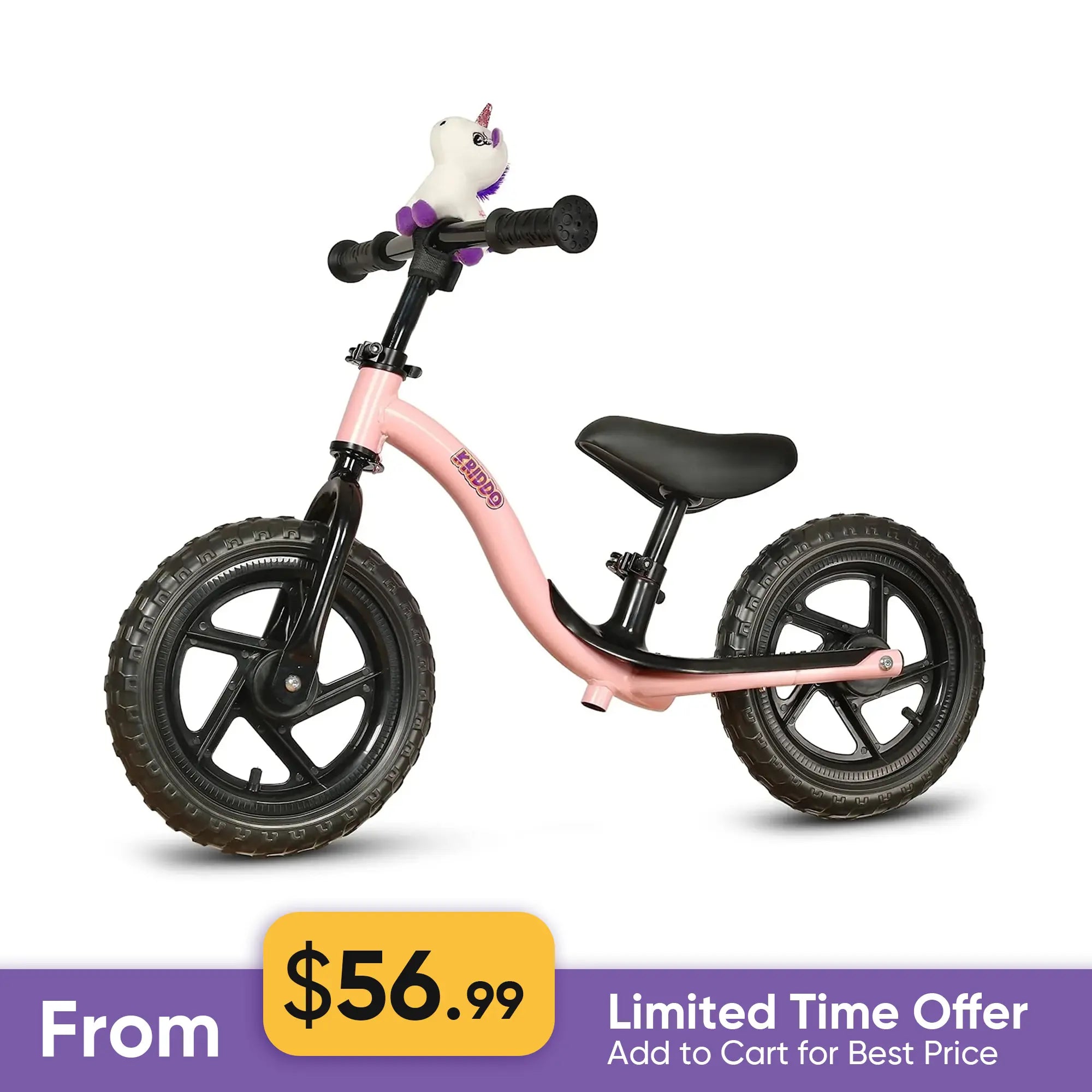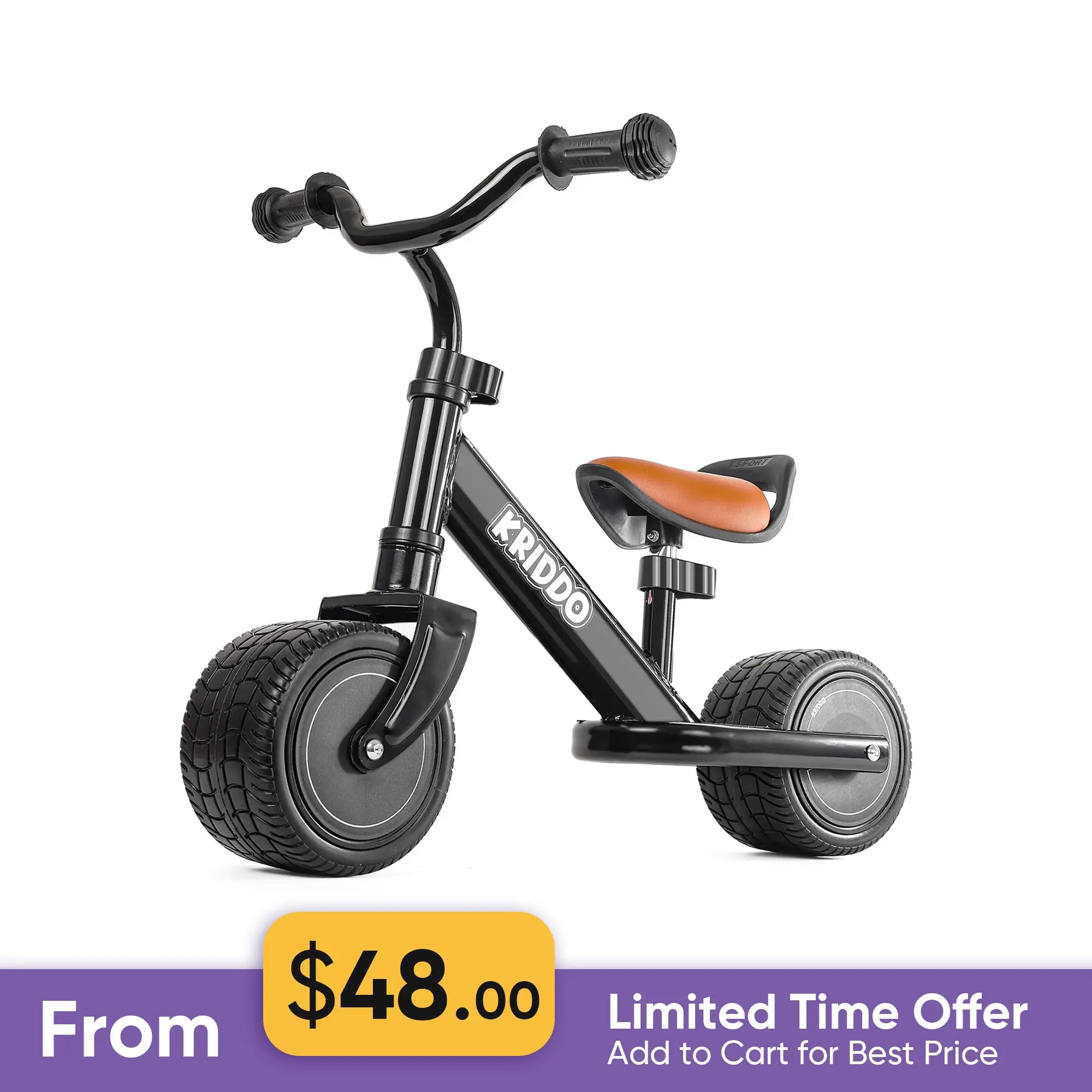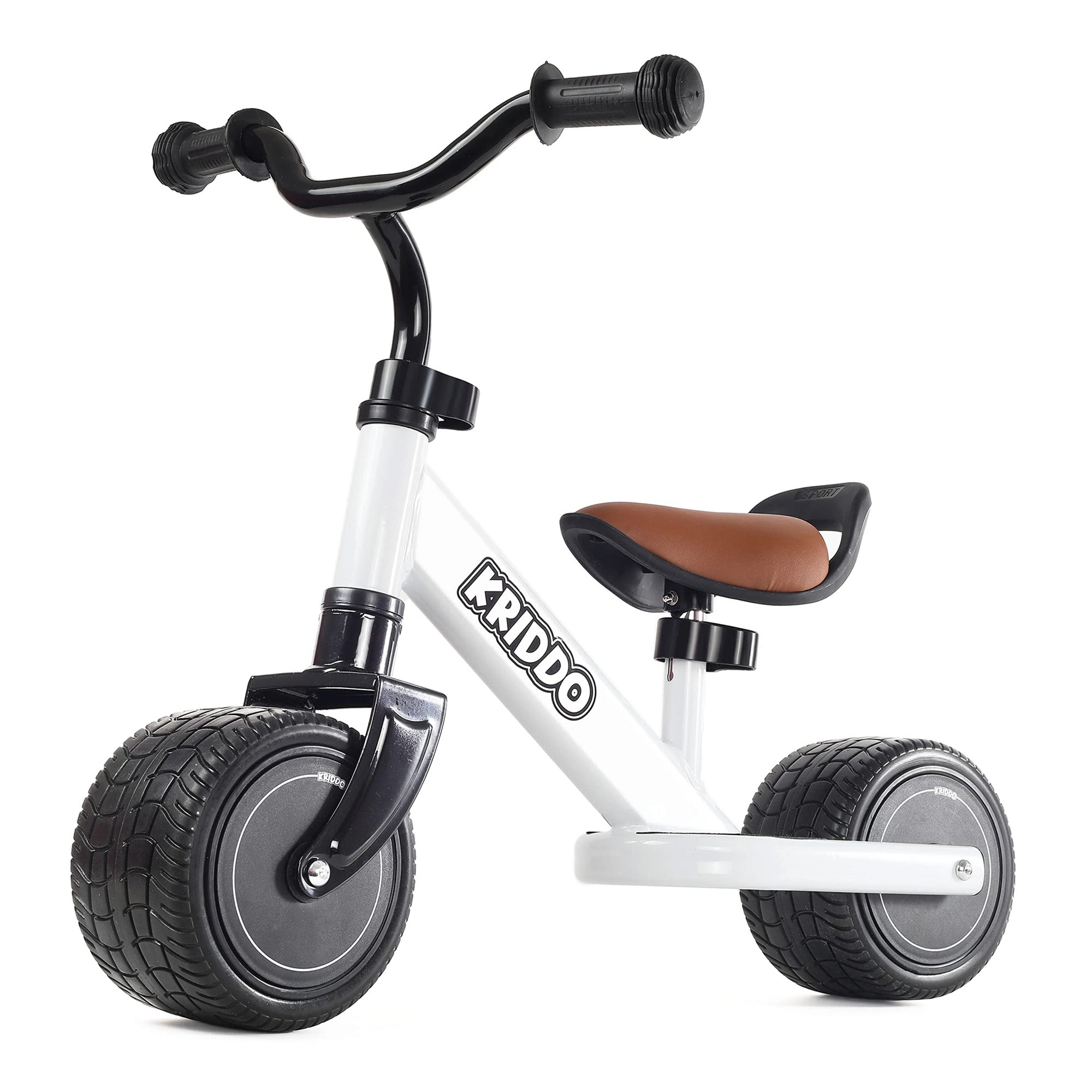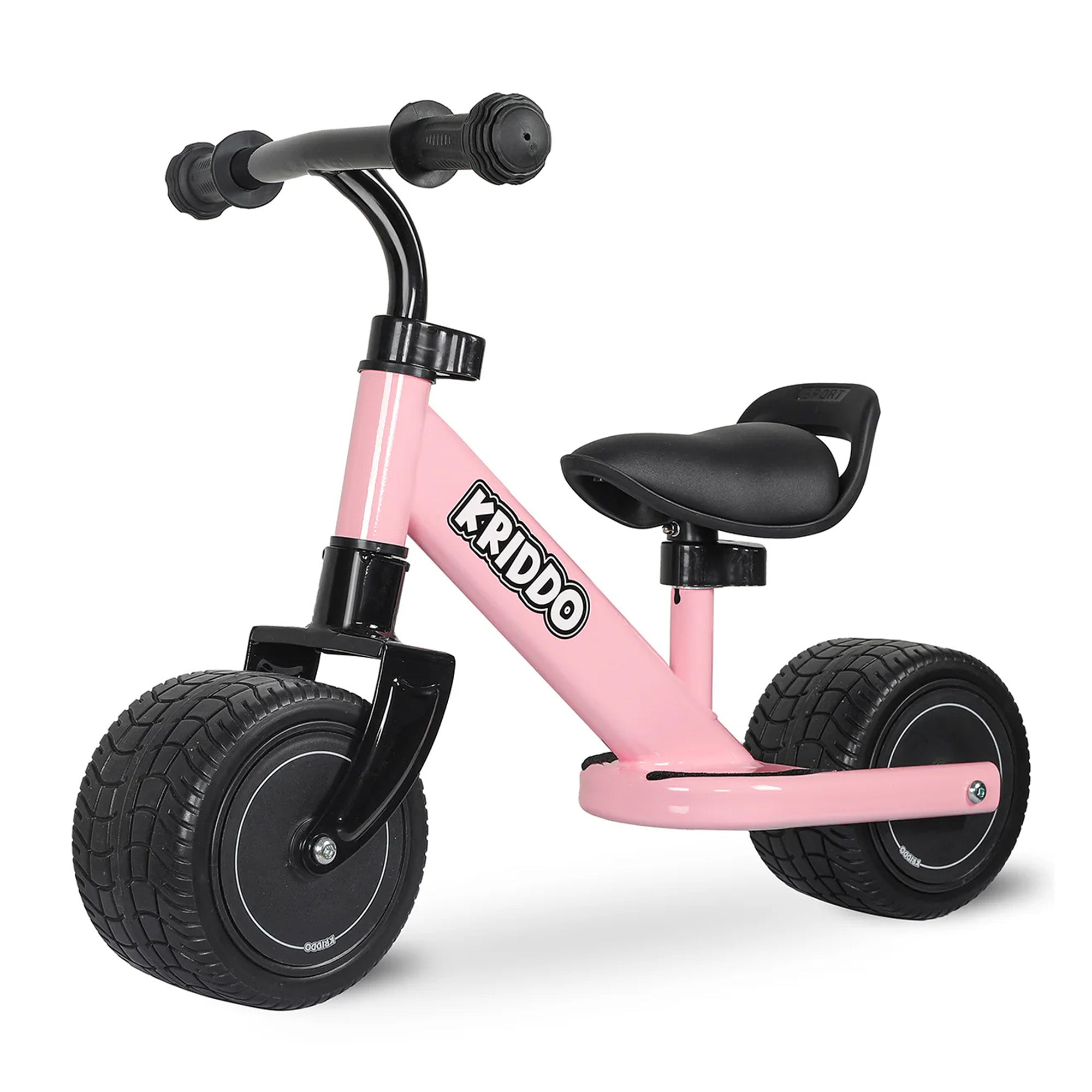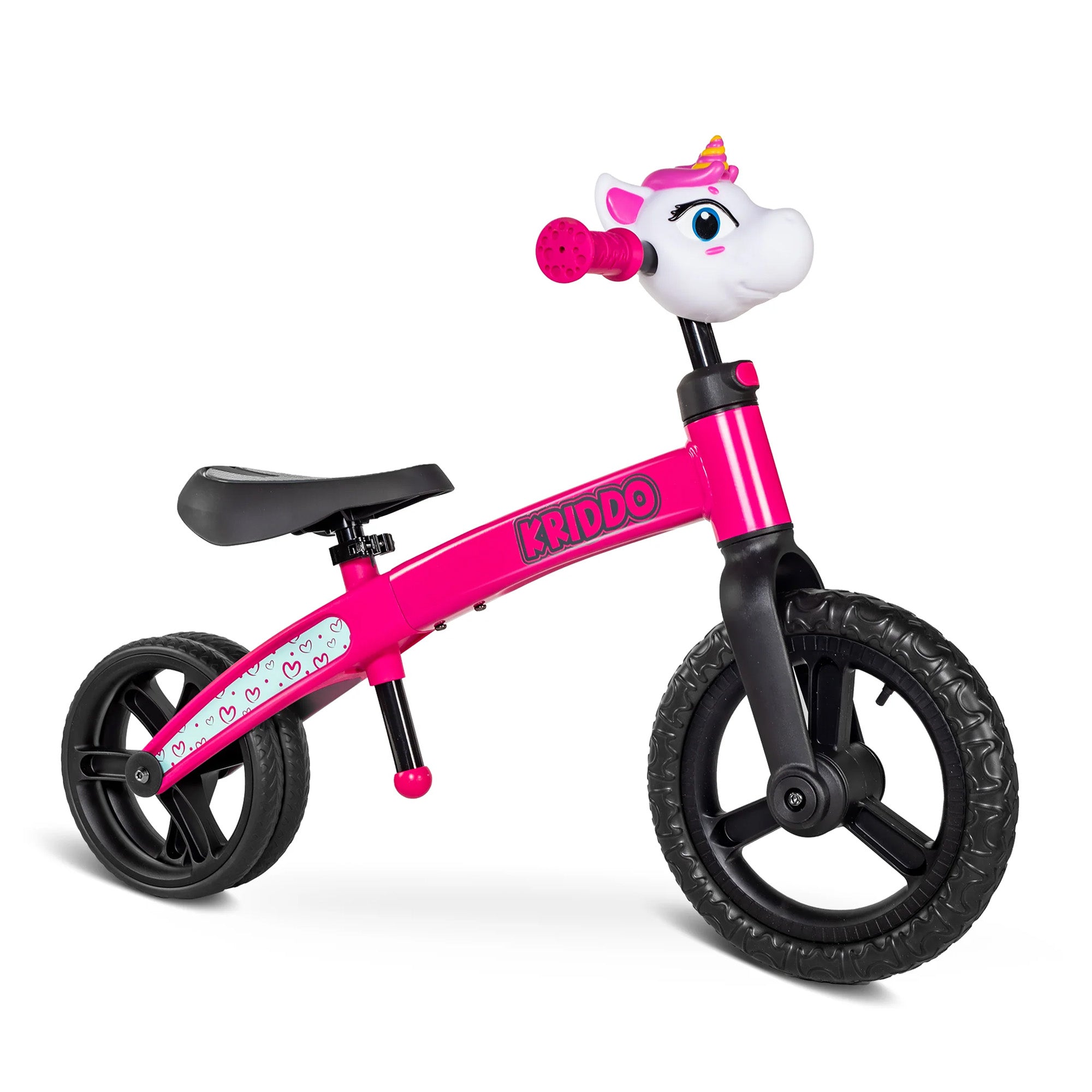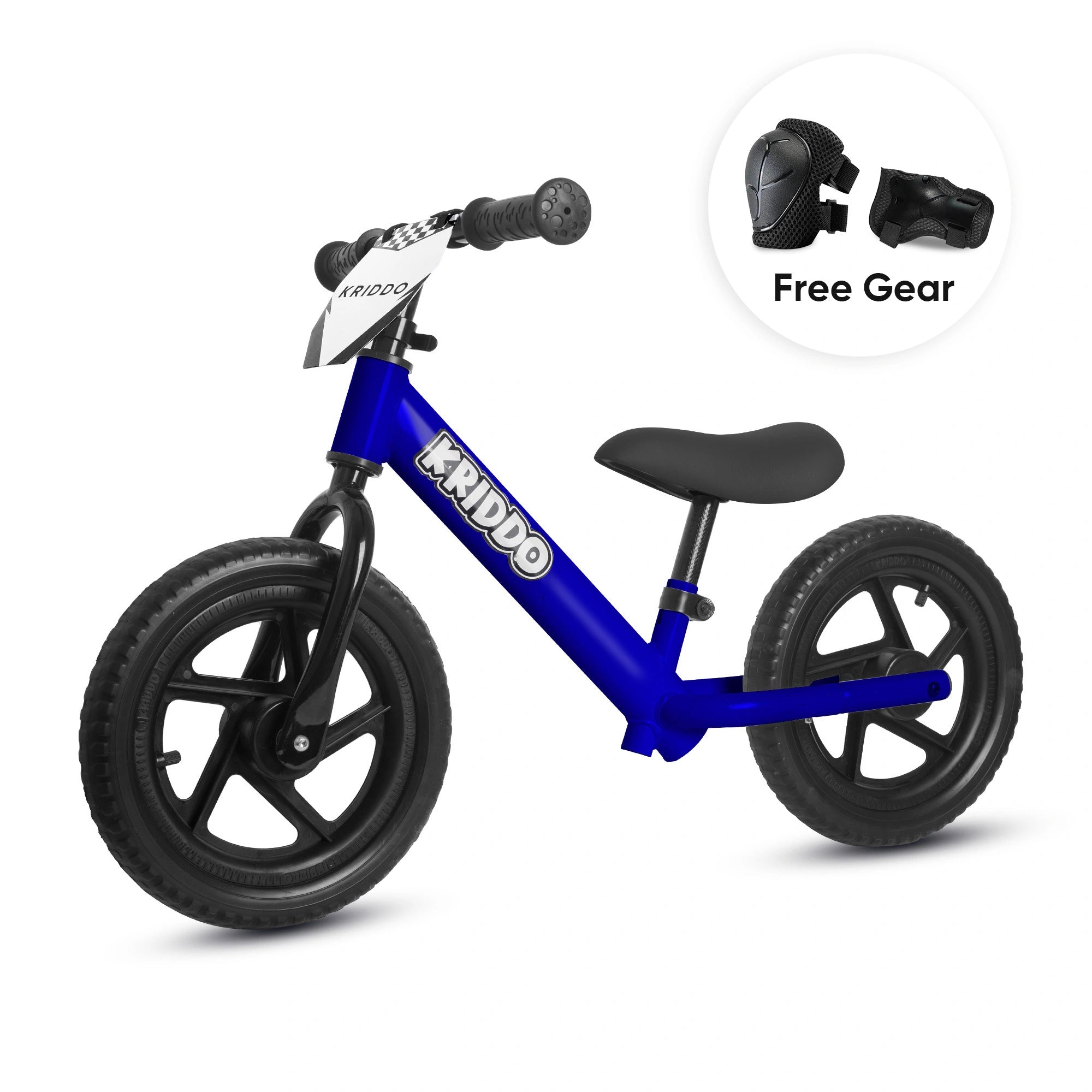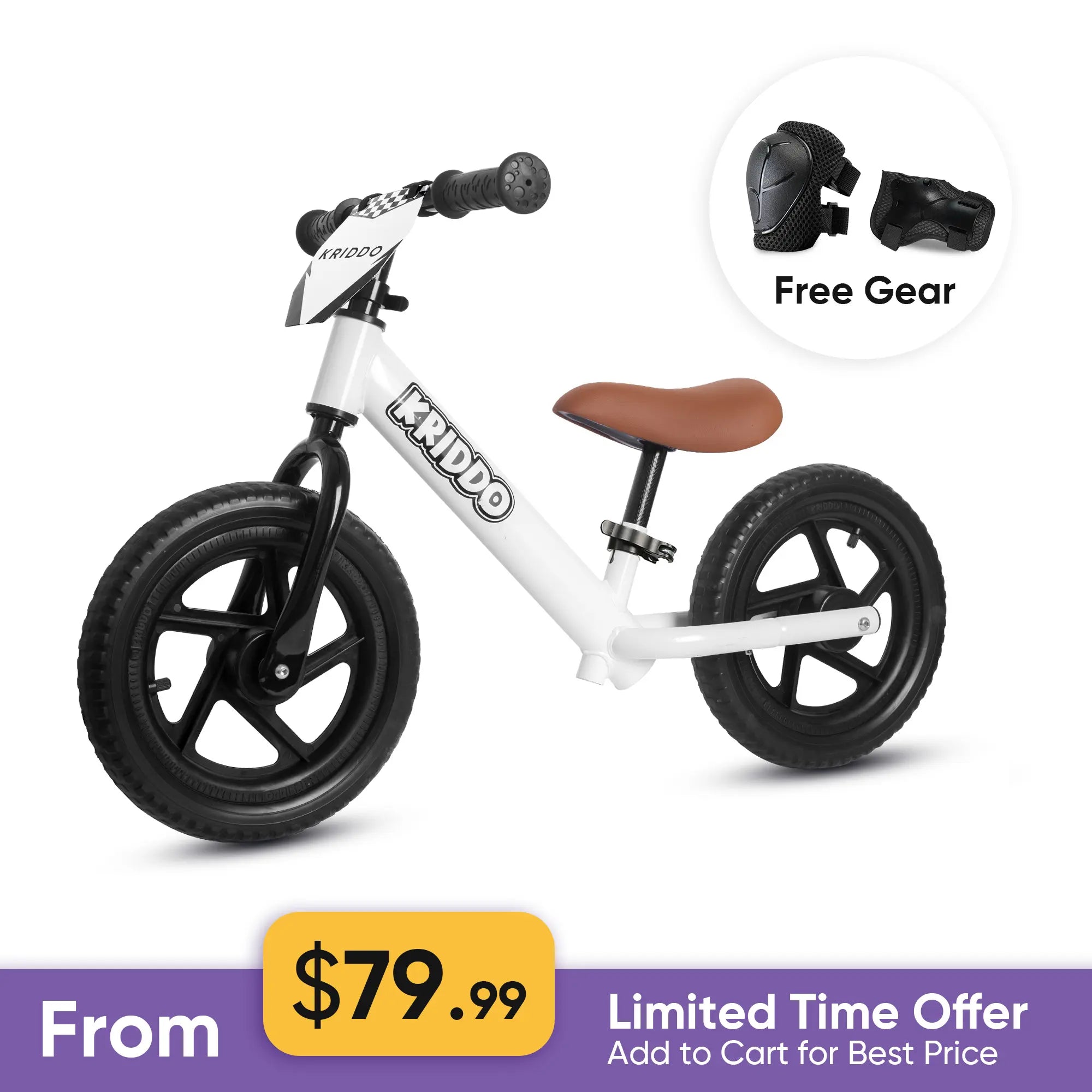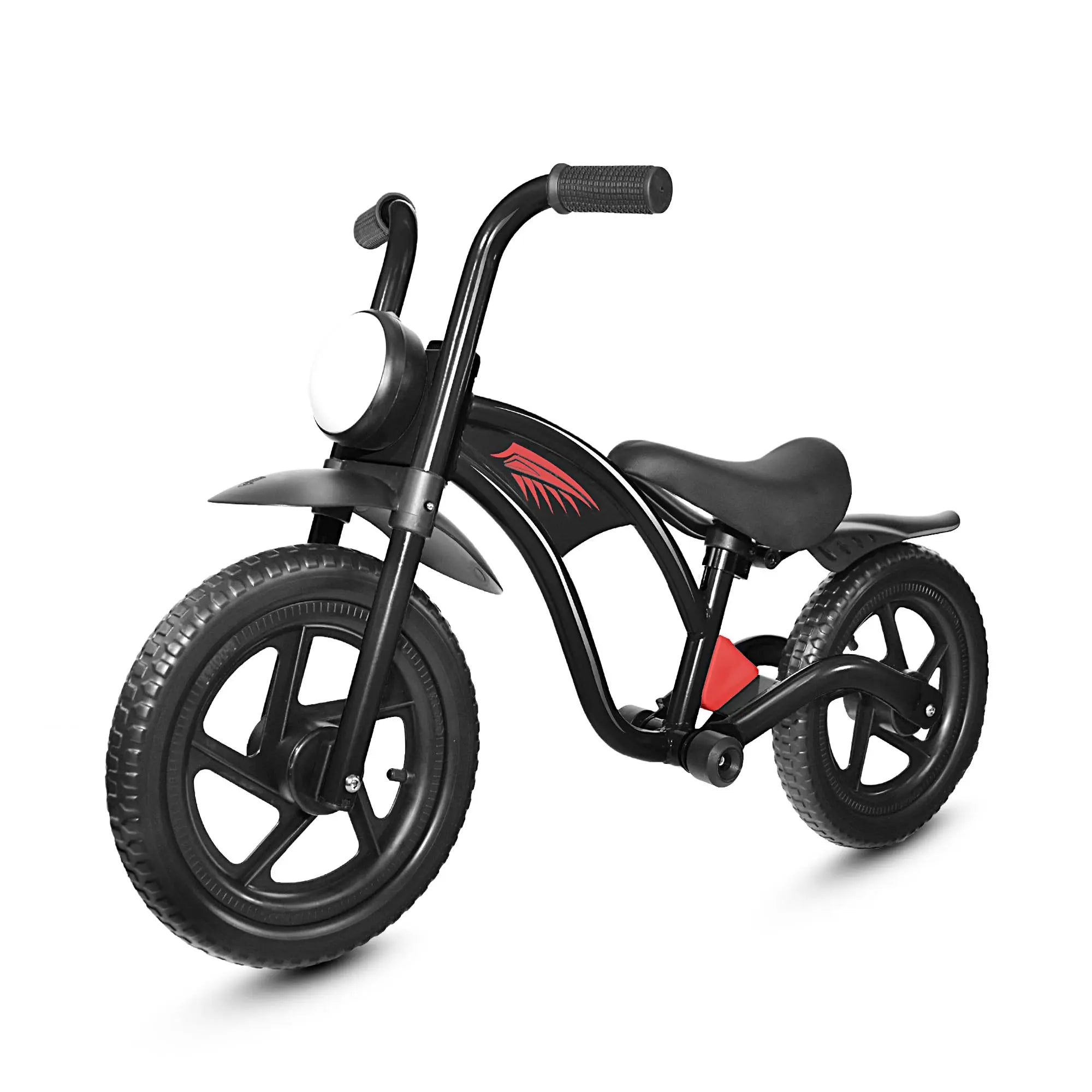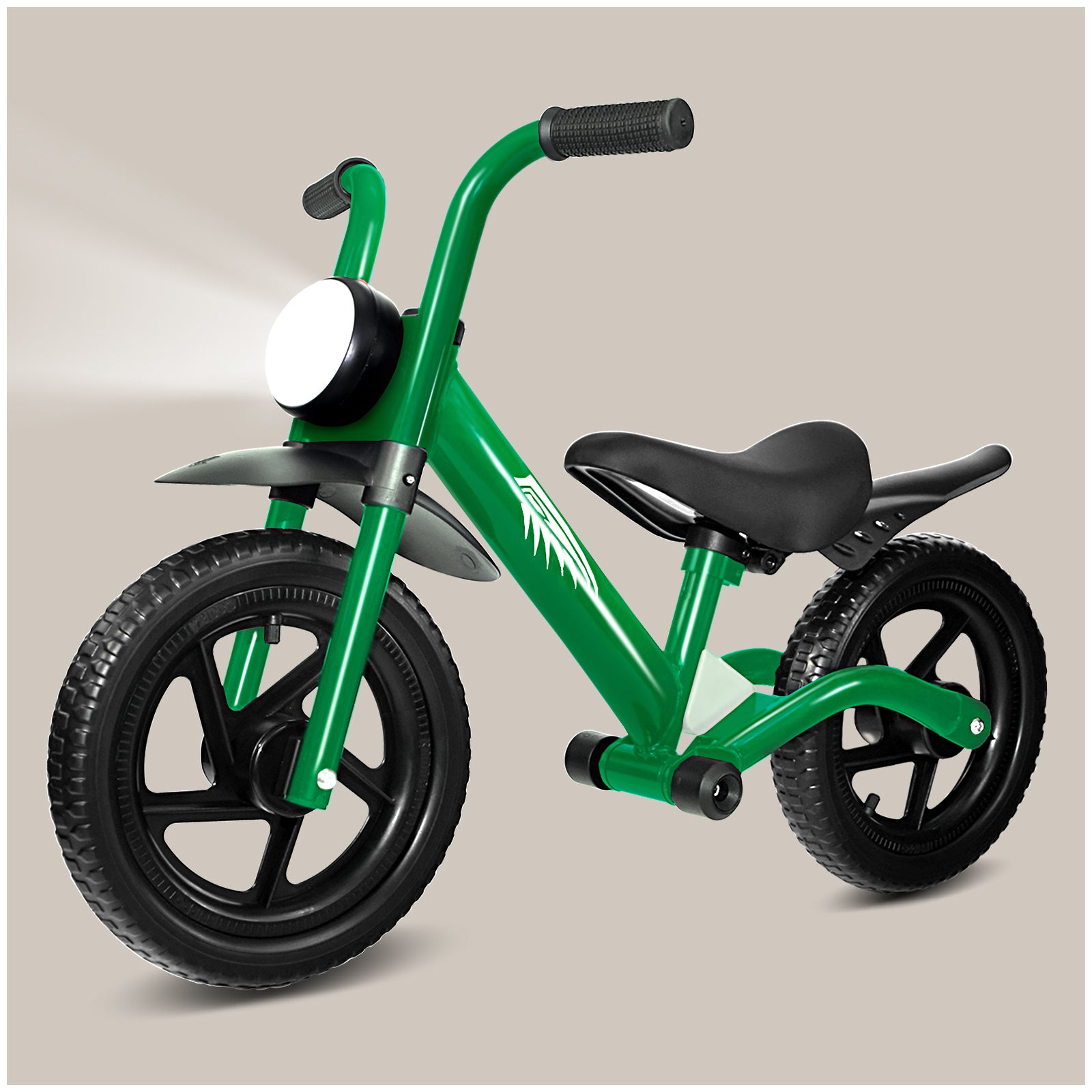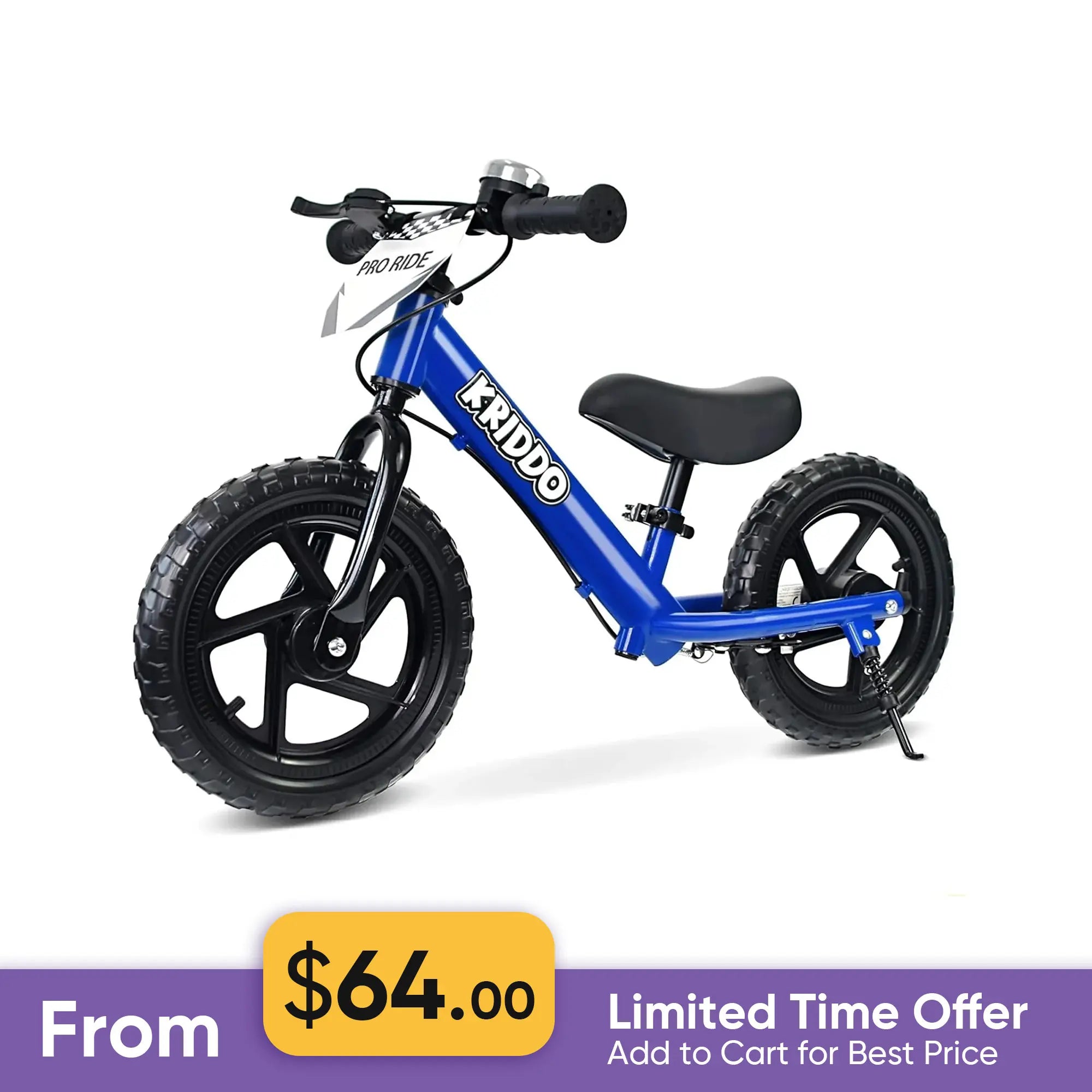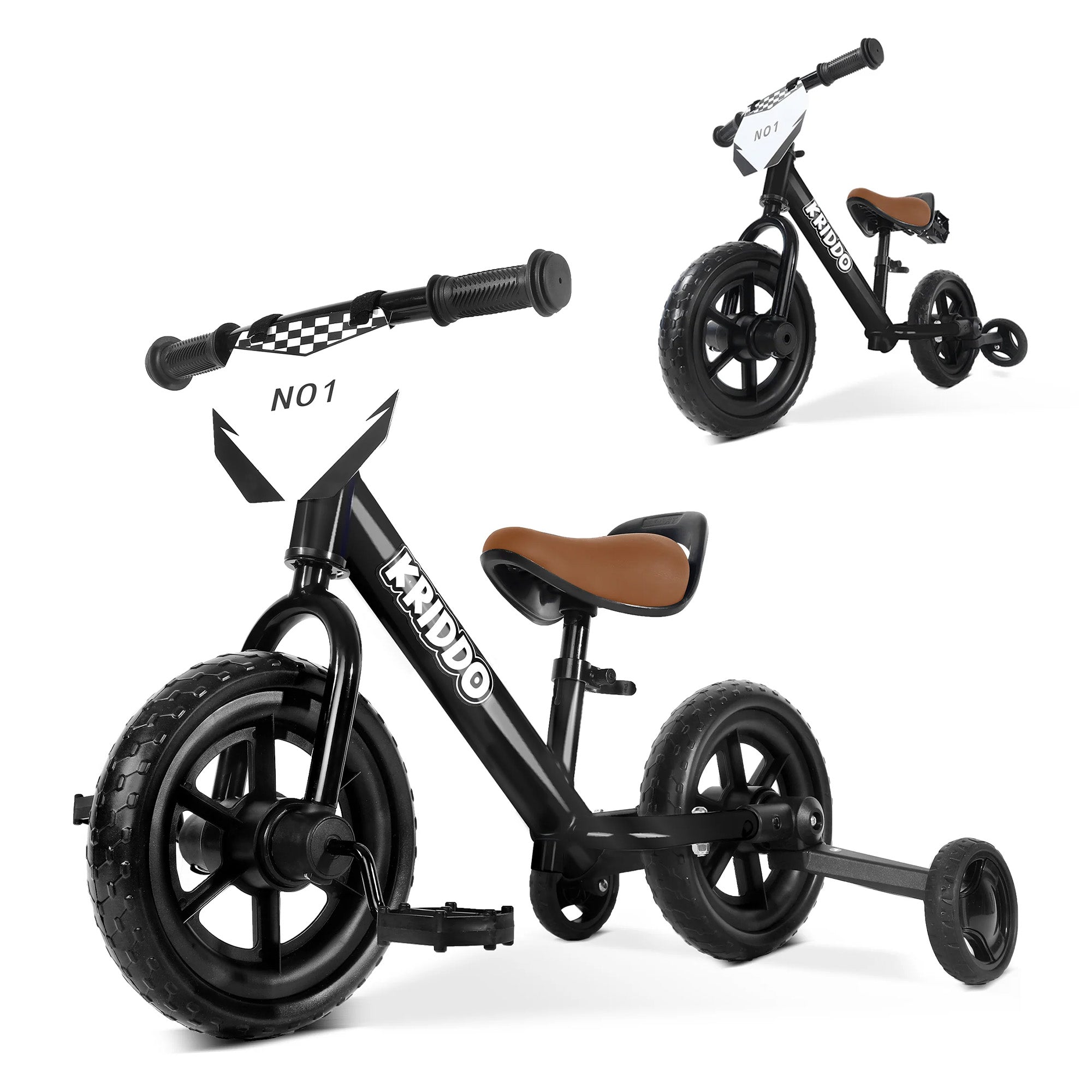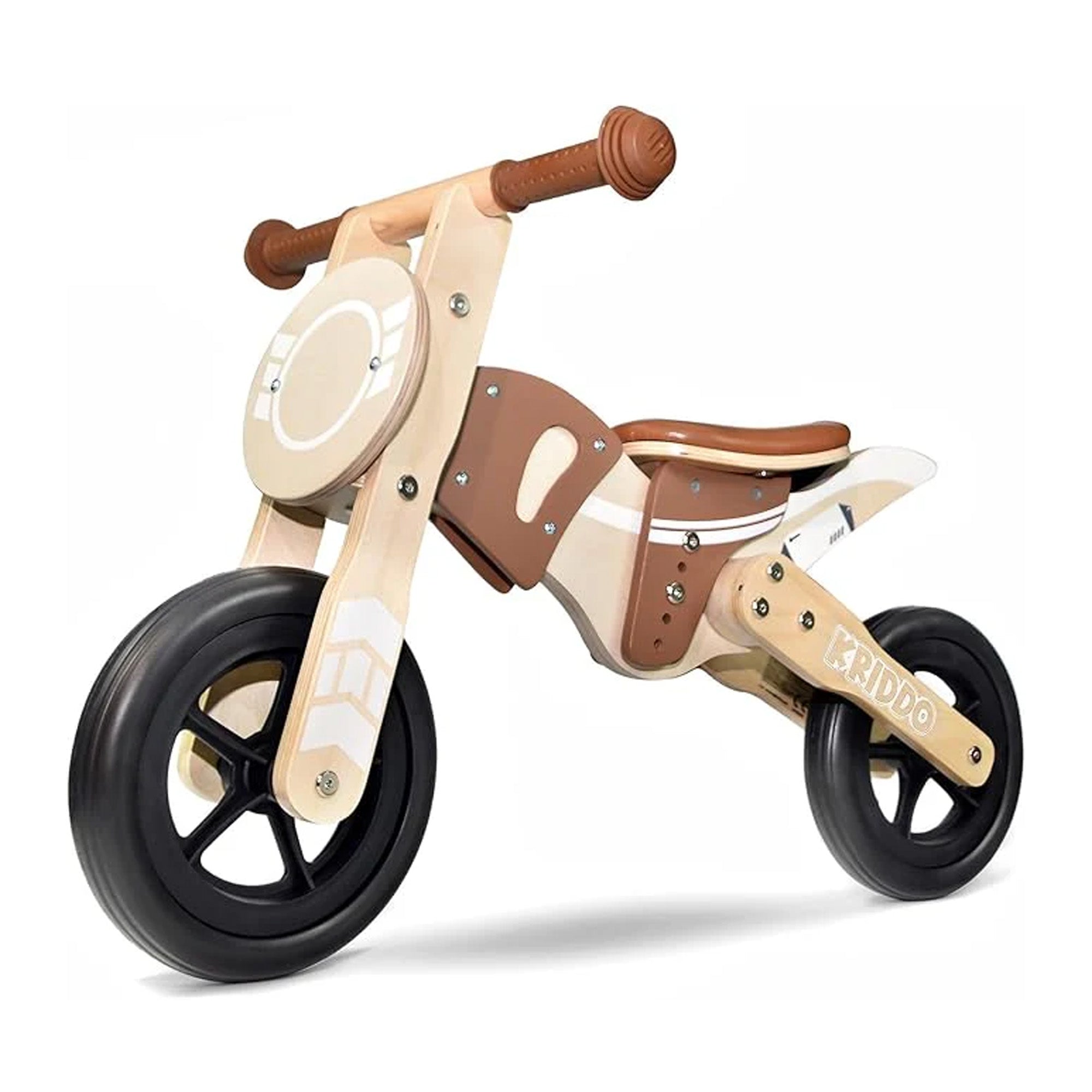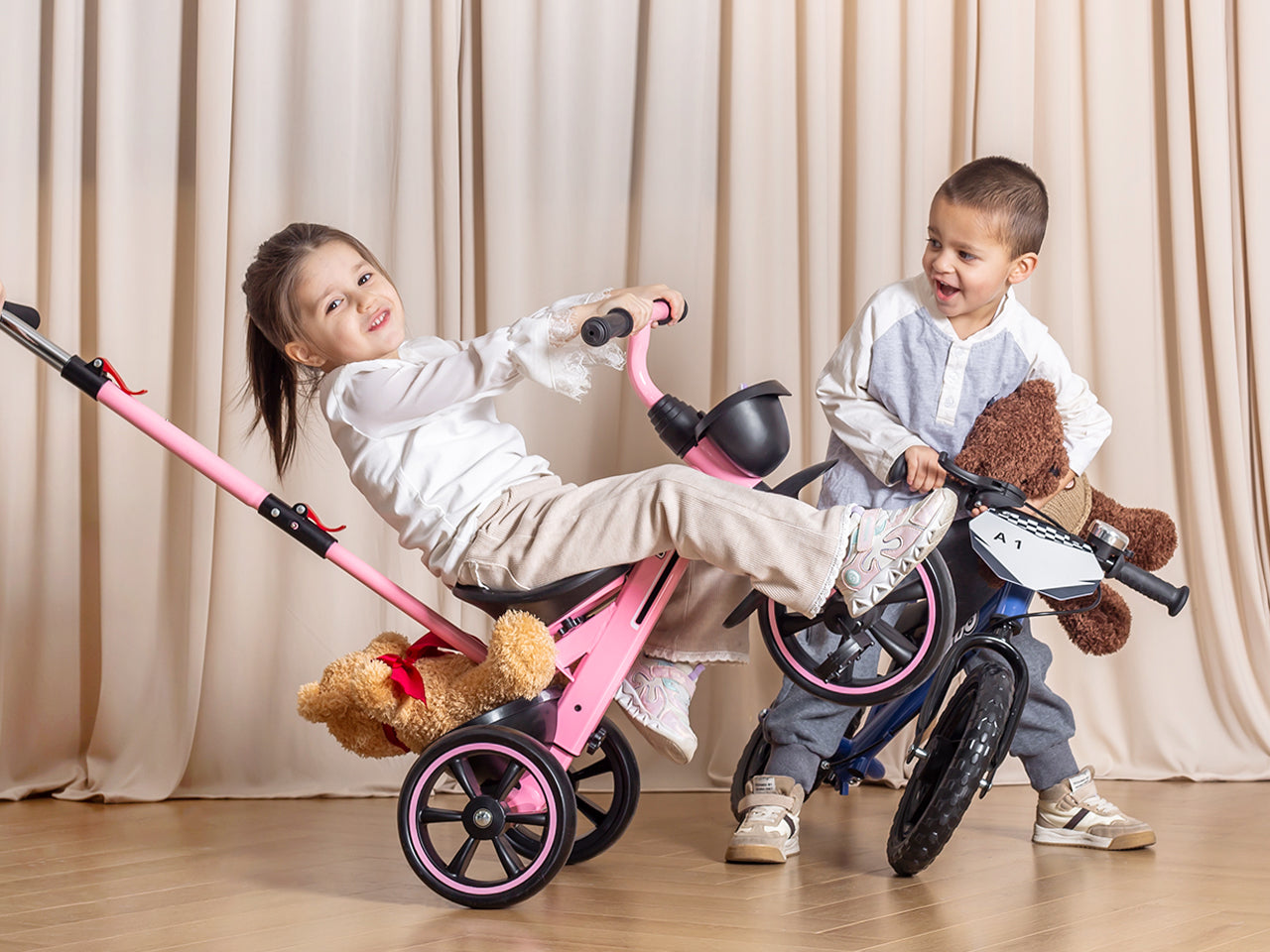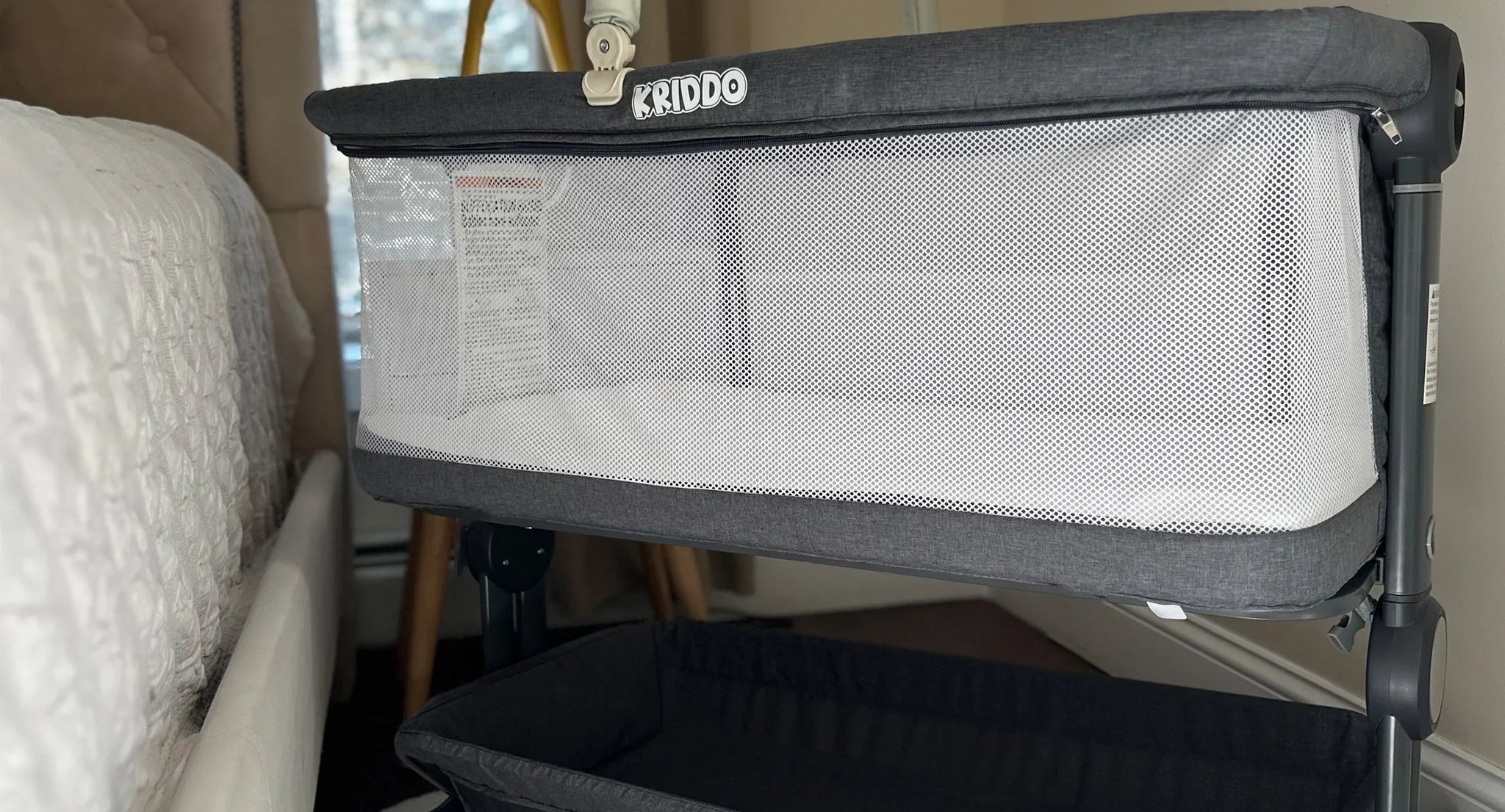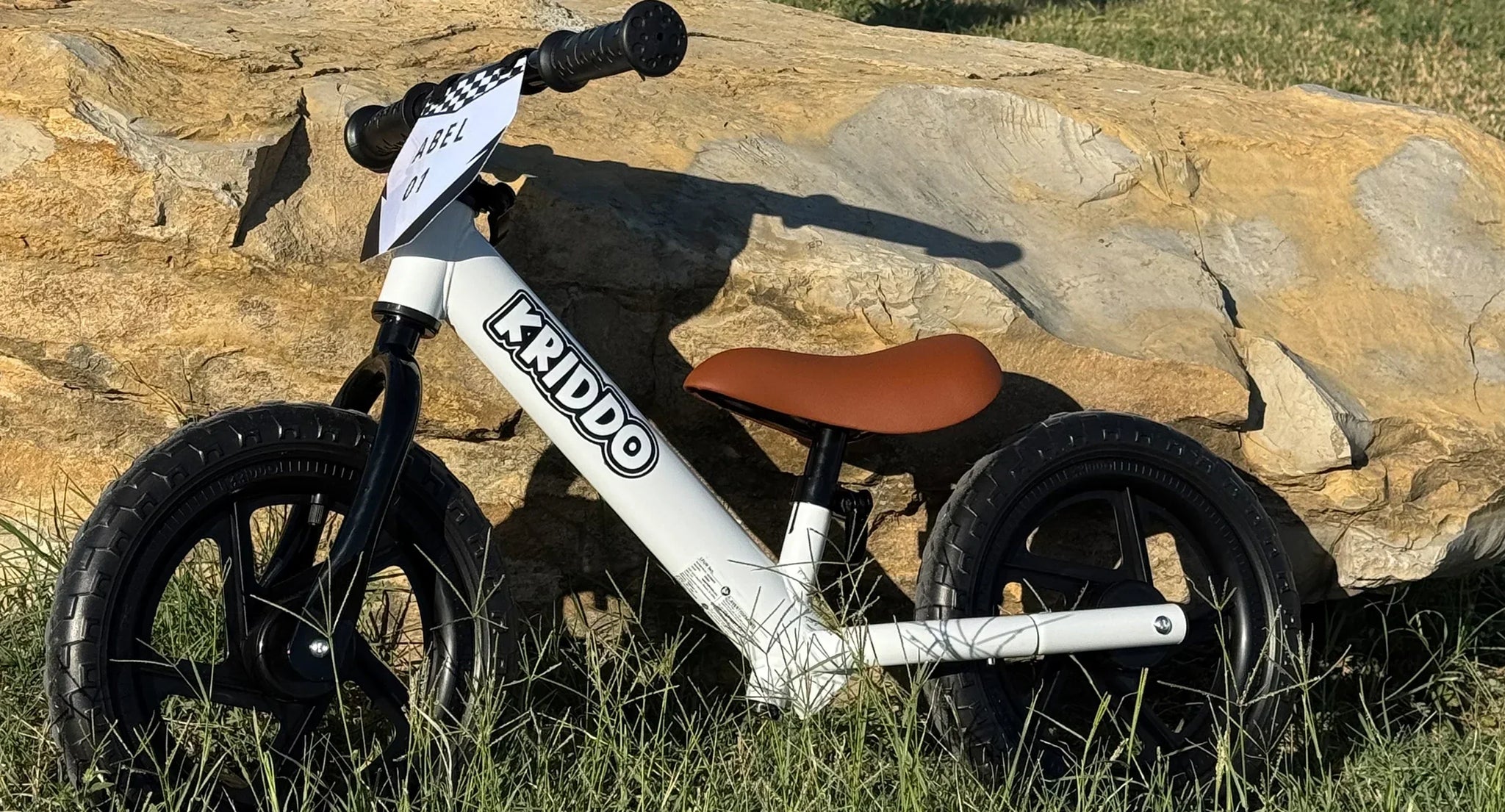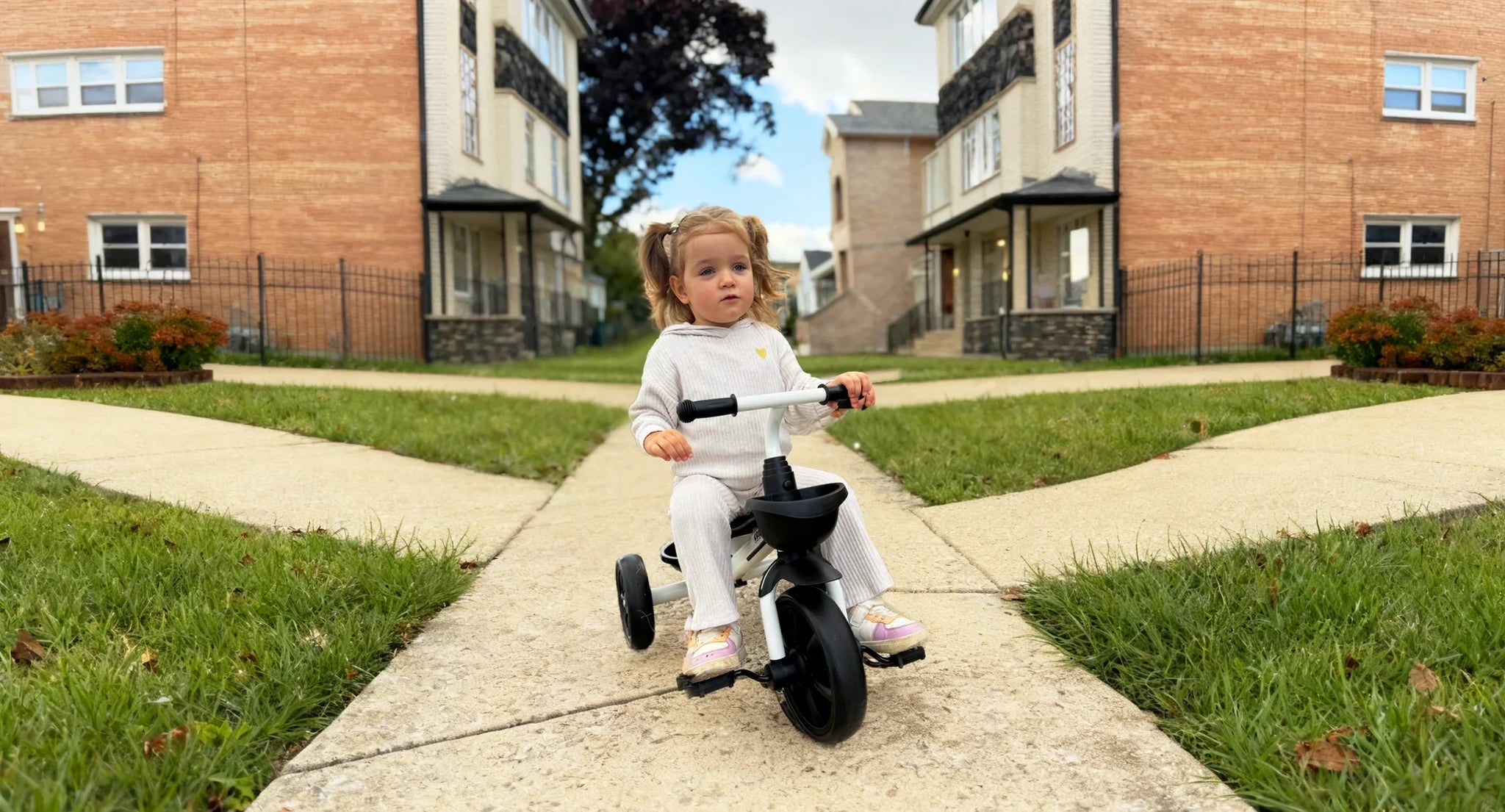Handle Trike vs. Traditional: A Parent’s Guide
Coco | 24th, July
Let’s face it—watching your toddler hop on a tricycle for the first time is a core memory. Their little legs stretching, feet fumbling for the pedals, eyes wide with excitement. But here’s the thing: not all tricycles are created equal.
You’ve probably heard about the tricycle with handle, also known as a push trike or tricycle stroller. It’s been showing up more and more on sidewalks and in parenting blogs. So, how does it compare to the good ol’ classic tricycle? Is it just hype—or does it actually make a difference?
Let’s break it down.
So, what exactly is a tricycle with handle?

Think of a tricycle with handle as the Swiss army knife of toddler mobility. It’s essentially a three-wheeler, but with a twist: it includes a parent push handle (often adjustable), and sometimes other features like footrests, safety belts, sunshades, and even 360-degree swivel seats.
There are generally two main types:
1. Tricycle Stroller
These function almost like a stroller and a bike in one, which blends a full baby-stroller feel with the independence of a trike. Think safety harness, removable canopy, storage tray—you name it.
2. Push Trike
This type leans closer to a traditional tricycle but adds a push handle and footrests to help parents guide young riders who aren't quite ready to pedal solo.
At first glance, they may just look like trikes with a rod sticking out the back. But once you’ve used one on a park trail or through a crowded farmer’s market, the benefits become very real, very fast.
Why parents are loving the handle tricycle
Let’s cut to the chase—these things grow with your child.
Instead of buying a stroller, then a balance bike, then a trike, then a bike… a push trike adapts to each phase. Take the functional design, for instance. It starts as a stroller for your 18-month-old, becomes a pedal-less ride-along when they’re curious, and eventually ends up a full-on independent tricycle once they’ve built enough confidence.
That means more value, less clutter, and fewer meltdowns about giving up a favorite toy.
But there’s more:
Safety First: With features like safety belts, footrests, and locked pedals, your toddler can ride without face-planting every five feet.
Parental Control: The adjustable handle (some up to 40 inches like the KRIDDO Navi Go Tricycle) lets you steer without hunching over. It’s like power steering, toddler edition.
Smooth Transition to Independence: Start with full control, then let go—literally—when they’re ready. The handle detaches, and suddenly, they’re off and riding solo.
Comfort for All: Ergonomic seats, shock-absorbing wheels, even shade from the sun? It’s a comfy ride for both of you.
Honestly, if your toddler isn’t ready to pedal on their own yet, it’s a lifesaver. Imagine pushing a stroller—but your child feels like they’re riding a “big kid” bike. It’s a psychological win for both sides.
What about the traditional tricycle?

Let’s not throw the classic under the (school) bus just yet. Regular tricycles still hold their own.
They’re lightweight. Easy to lift, carry, and store. They usually come with a smaller price tag too, which—let’s be real—matters when your kid’s attention span is shorter than a snack break.
For older toddlers who already have balance and basic pedal skills, the simplicity of a traditional trike can be perfect. No extra gadgets, no assembly headaches, just pure riding joy.
Still stuck? Ask yourself this:
Choosing between a handle tricycle and a regular one isn’t just about features. It’s about your parenting style, your child’s personality, and your everyday lifestyle.
Ask yourself:
Is my child ready to pedal solo, or do they need help learning?
Do we go on long walks or spend time outside frequently?
Am I looking for something that will last several years—or just a phase?
Do I care more about lightweight portability or multi-functionality?
If you’re still on the fence, check out this handy roundup of options:
👉 2025 Best Tricycles for Toddlers
Our Push Trike Picks: Thoughtful Features, Designed for Real Life
Let’s highlight a couple models that walk the talk:
⭐ KRIDDO 2-in-1 Kids Tricycle
This one doesn’t have push steering, and that’s worth noting—but it does offer:
A parent push mode with a long adjustable handle (up to 40.31 inches!)
Ergonomic seat and anti-slip handlebars
Foldable footrests for non-pedalers
Lightweight, quiet wheels for indoors and out
Perfect for 2–5-year-olds, especially those transitioning from “mom push me” to “I got this.”

🌟 KRIDDO 7-in-1 Tricycle Stroller
This one’s a multitasking marvel:
360° swivel seat for face-to-face bonding (or snack handoffs)
Retractable canopy, safety belts, and removable guardrails
Lockable pedals for resting mode
Even a cupholder and storage bucket—yes, snacks can come too
From 18 months to 5 years, it’s a reliable companion through multiple stages of toddlerhood.

So...which is better?
Honestly? Neither is better across the board. But for most families—especially those with younger toddlers or who want one purchase to cover several growth stages—a handle tricycle wins out in versatility and parent-kid harmony.
It keeps your toddler safe and included before they’re ready to fly solo. And when they are? Just pop that handle off, and they’re off to the races.
But hey, sometimes all you need is a simple trike and a flat driveway. No bells. No whistles. Just wind in their hair and wheels on the ground.
Either way, the magic isn’t in the model. It’s in the moments you’ll make while they ride.
Featured Products

